Shotengai
Shotengai Snack Box Subscription
Shotengai Snack Box Subscription
Couldn't load pickup availability
- Free worldwide shipping from Japan!
- 20+ Authentic Japanese snacks
- Exclusively Curated, Unavailable in Supermarkets
- Guilt-Free Snacking: Low Cal, Low Sugar, Low Sodium
- Monthly curated box with new themes
- Support Japanese Family Businesses
Indulge in the essence of spring as you explore the delightful array of treats carefully curated to evoke the spirit of Japan's most cherished season. With each bite, immerse yourself in the flavors of spring and let the vibrant energy of cherry blossoms brighten your day. Order now to welcome the enchanting spirit of Japanese spring into your home!
read more
Shotengai - Your Gateway to a Healthy Japanese Lifestyle
Sourced in Japan Locally, Delivered to Your Door Globally.
We make it a priority to source only the freshest, purest ingredients for our snacks, candies, and teas. Instead of relying on large industrial farms, we personally visit small, local farms across Japan to find the highest quality organic ingredients.
During production, we use only the minimal amounts of preservatives needed to maintain freshness and taste. Many of our products contain no artificial preservatives whatsoever. We believe in letting the wholesome flavors of our ingredients shine through.
Our packaging utilizes recycled, renewable, and biodegradable materials as much as possible to reduce waste. We avoid unnecessary plastics and only use simple, clean designs.
When you enjoy our box, you can feel good knowing your purchase supports sustainable farming, ethical production, and eco-friendly business practices in Japan. We take pride in bringing you great taste while caring for the planet.
Details:
- 20+ carefully curated snacks, candies, and teas from across Japan
- 24-page magazine that delves into the pulse of Japanese culture and details each product's health index, eco-friendly index, and common allergens
- Auto-renew with the option to pause or cancel anytime
- Free shipping worldwide directly from Japan

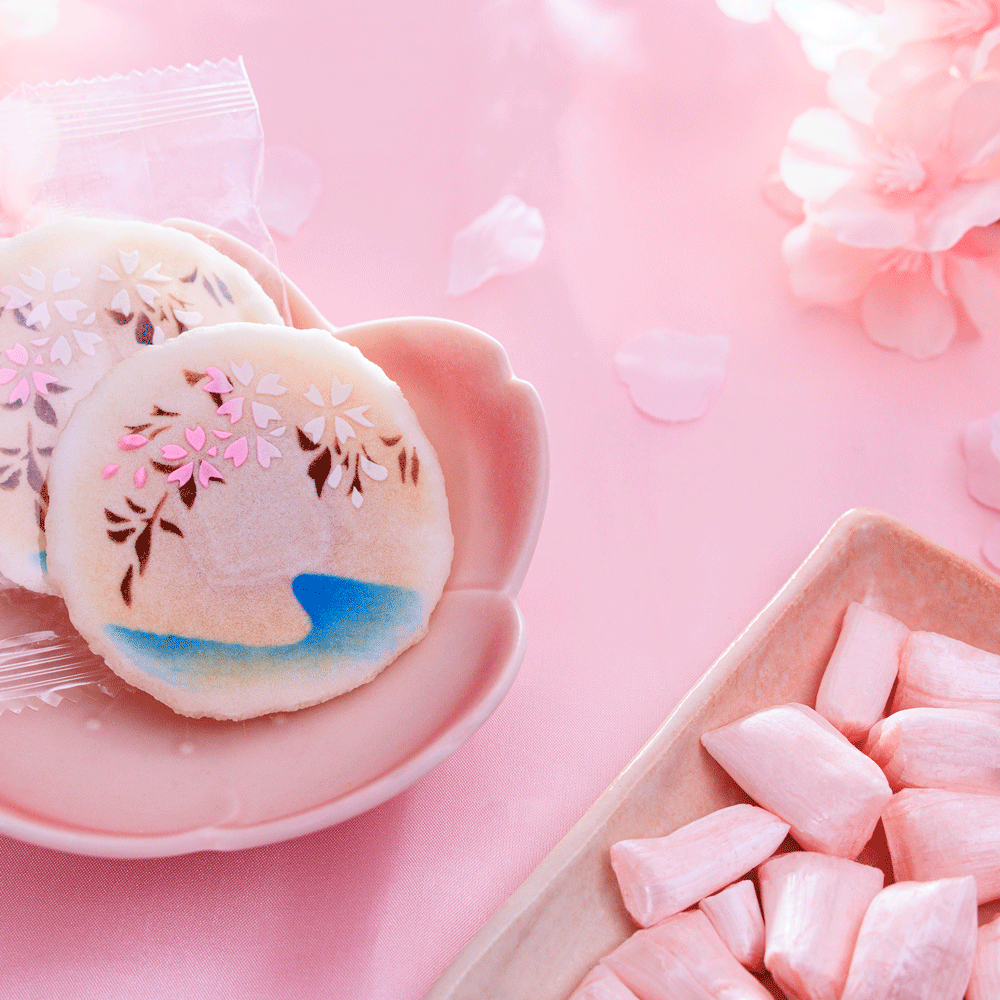
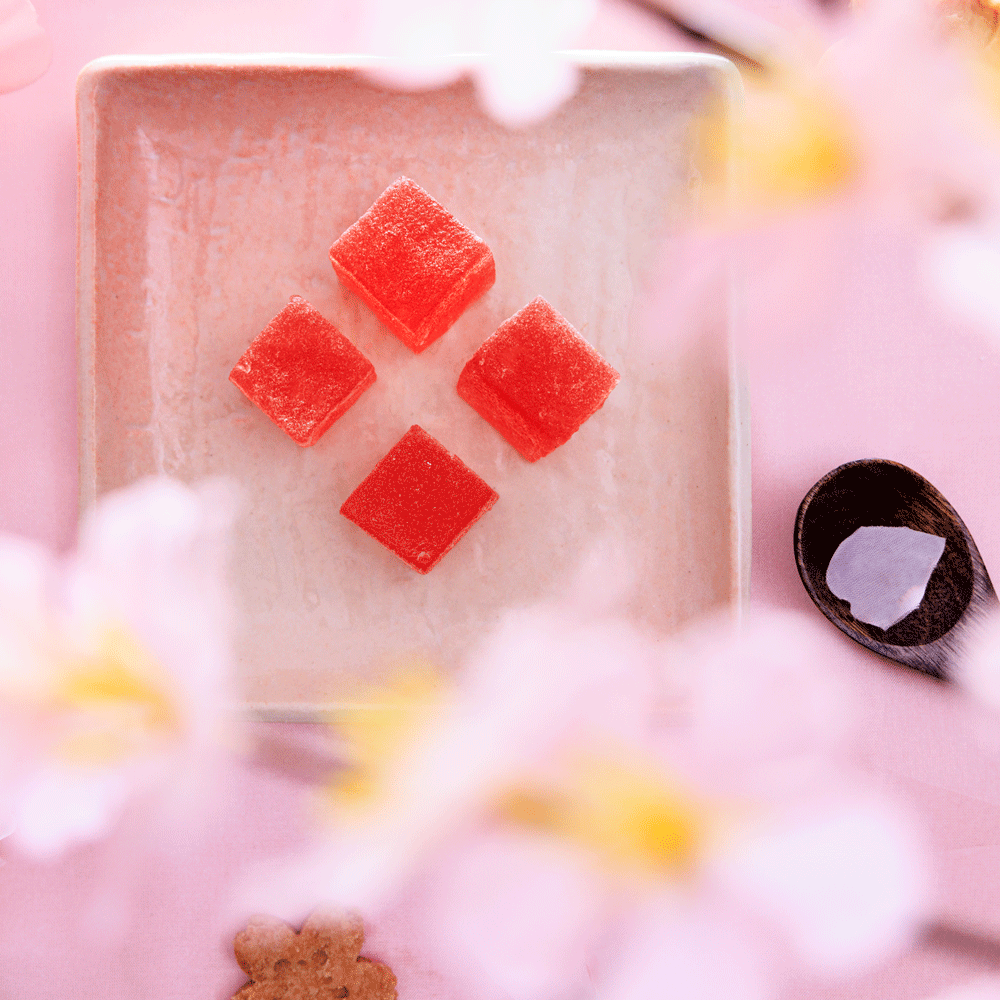
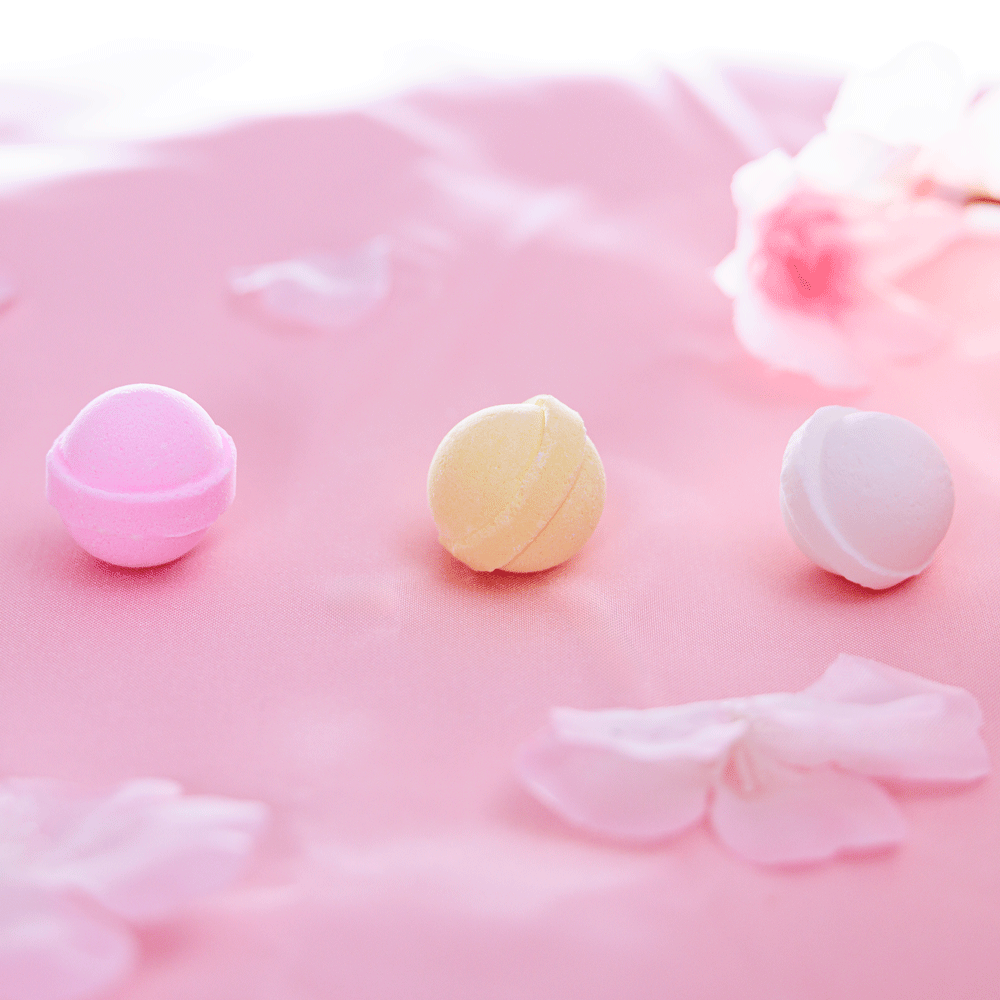
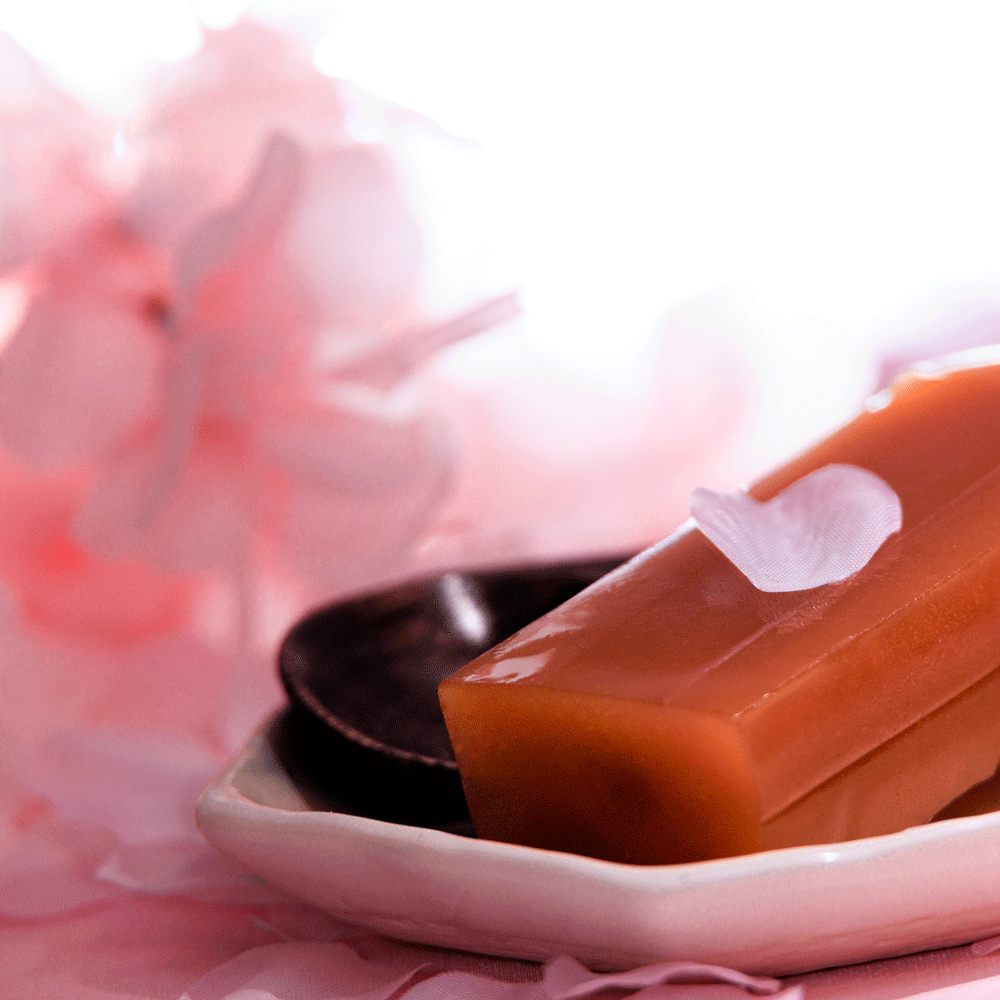
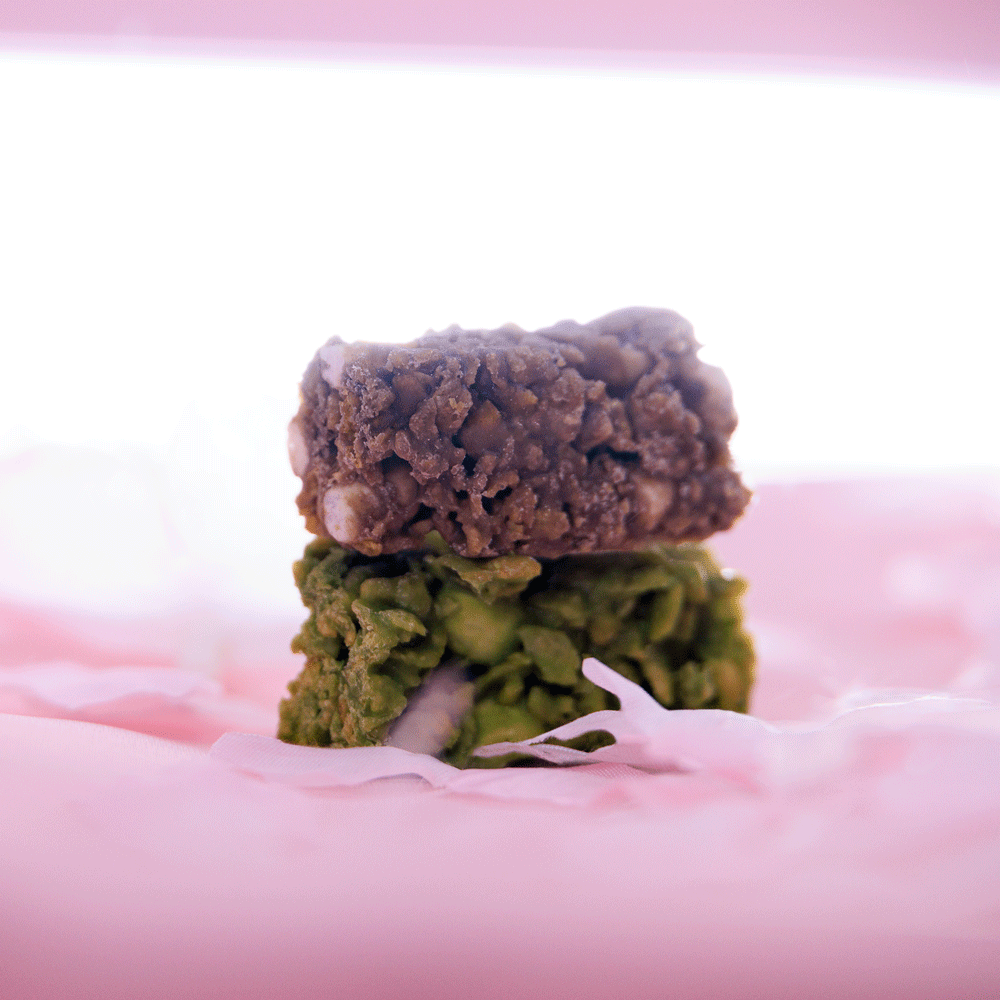
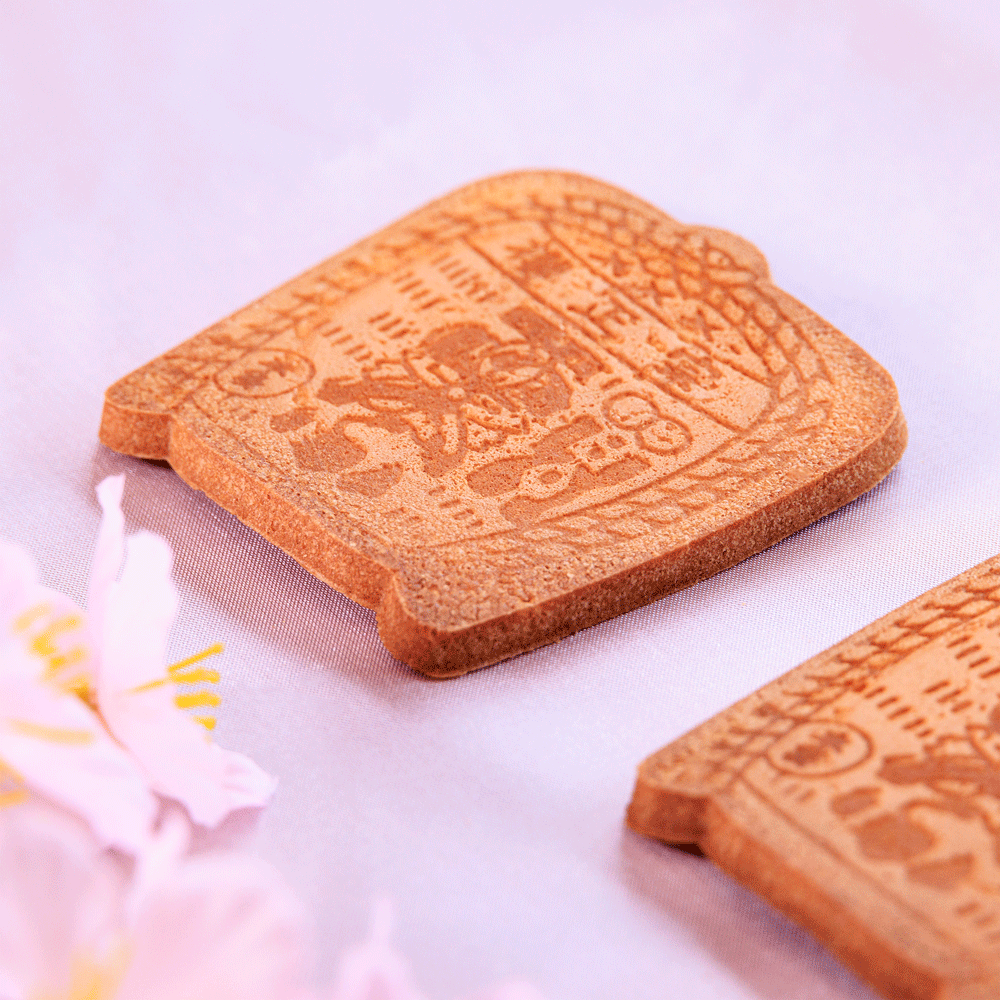
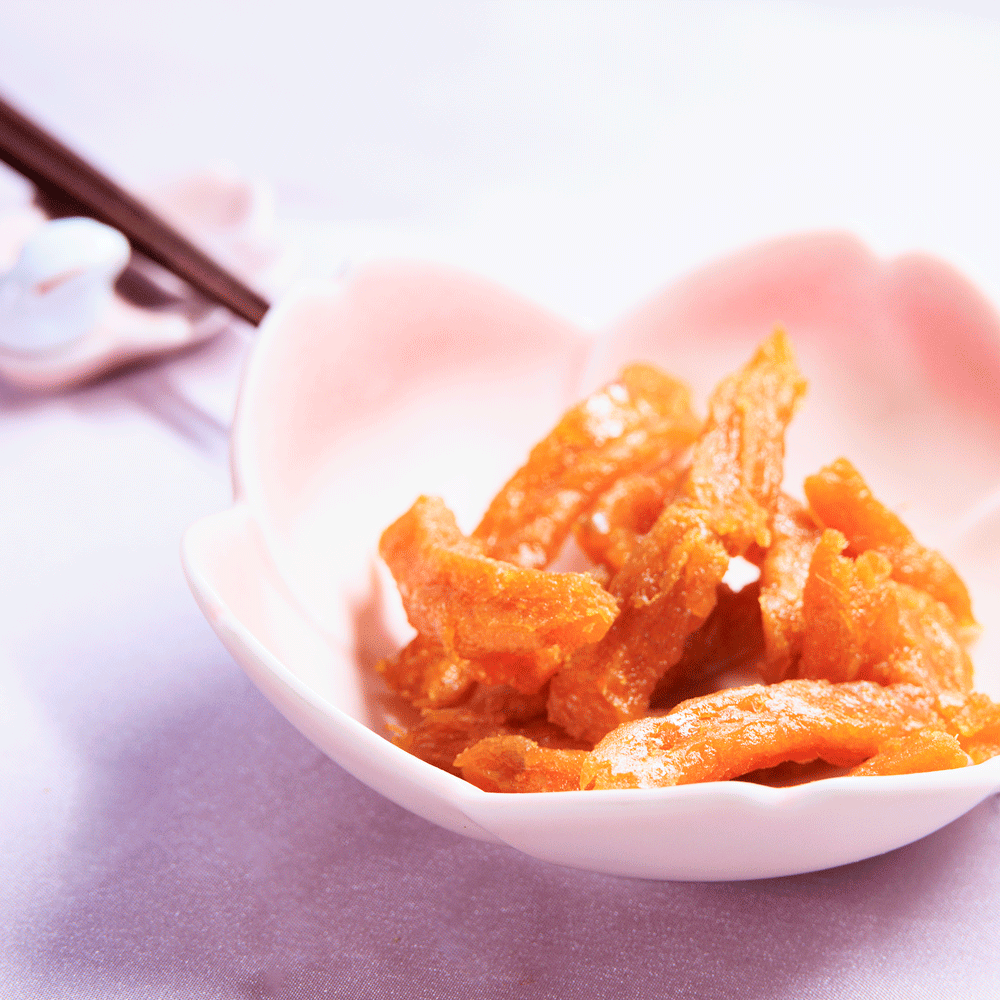
Spring in a Box: Savor Sakura with Every Bite
-
Sakura Kudzu Mochi
BY TSUKIMIDO
Manufactured on the same line as products containing: milk, wheat, peanuts
Labels: Low sodium, No fat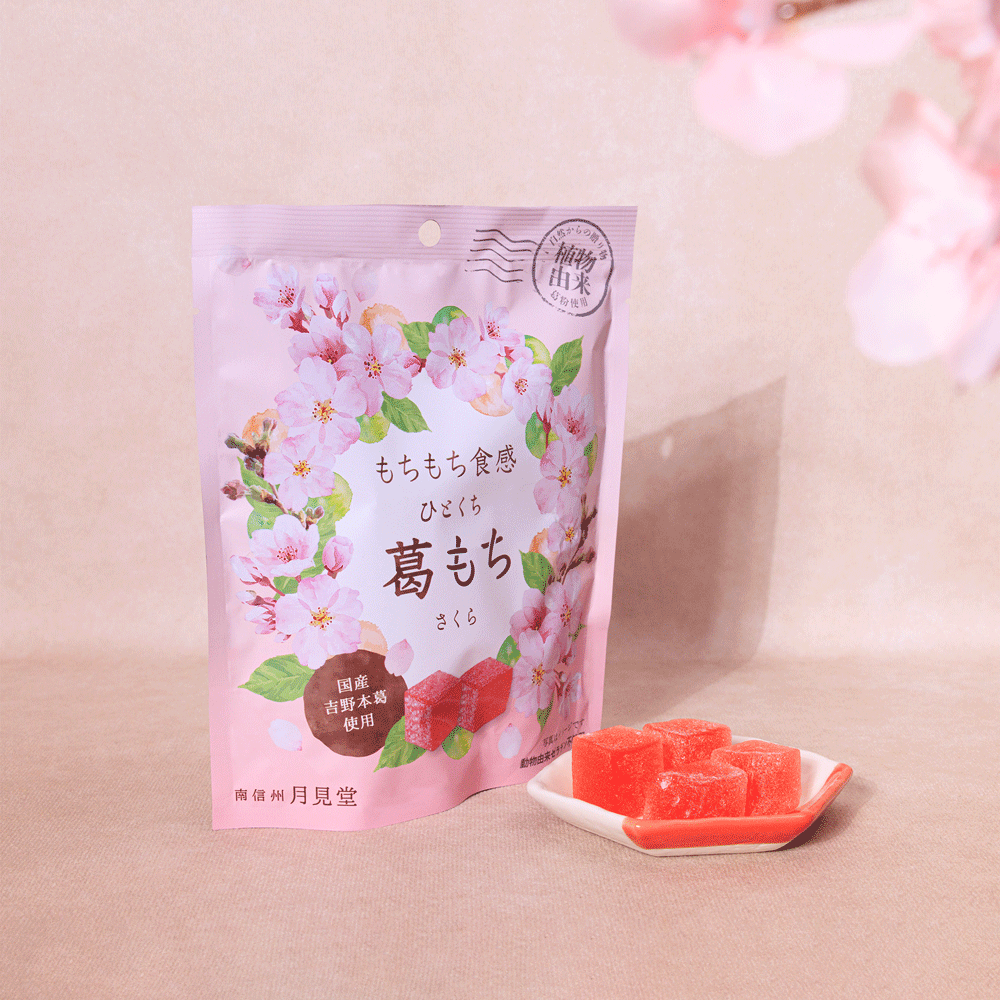
-
Sakura Arare
BY SAKURA SEIKA
Allergens:shrimp, wheat, soy
Made in a factory that uses:eggs, milk, sesame, squid
Labels:Low sodium, Low fat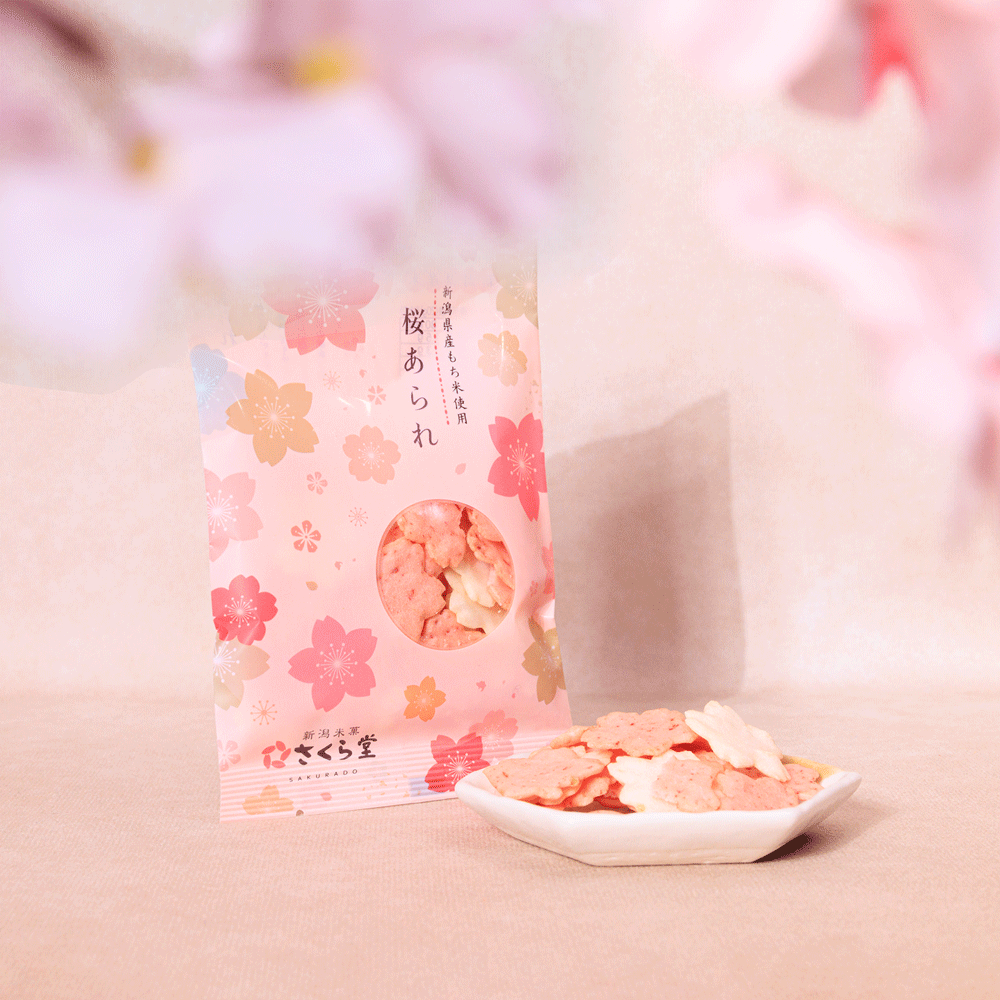
-
Fu-yaki
BY TORAYA-YOSHISUYE
Allergens: eggs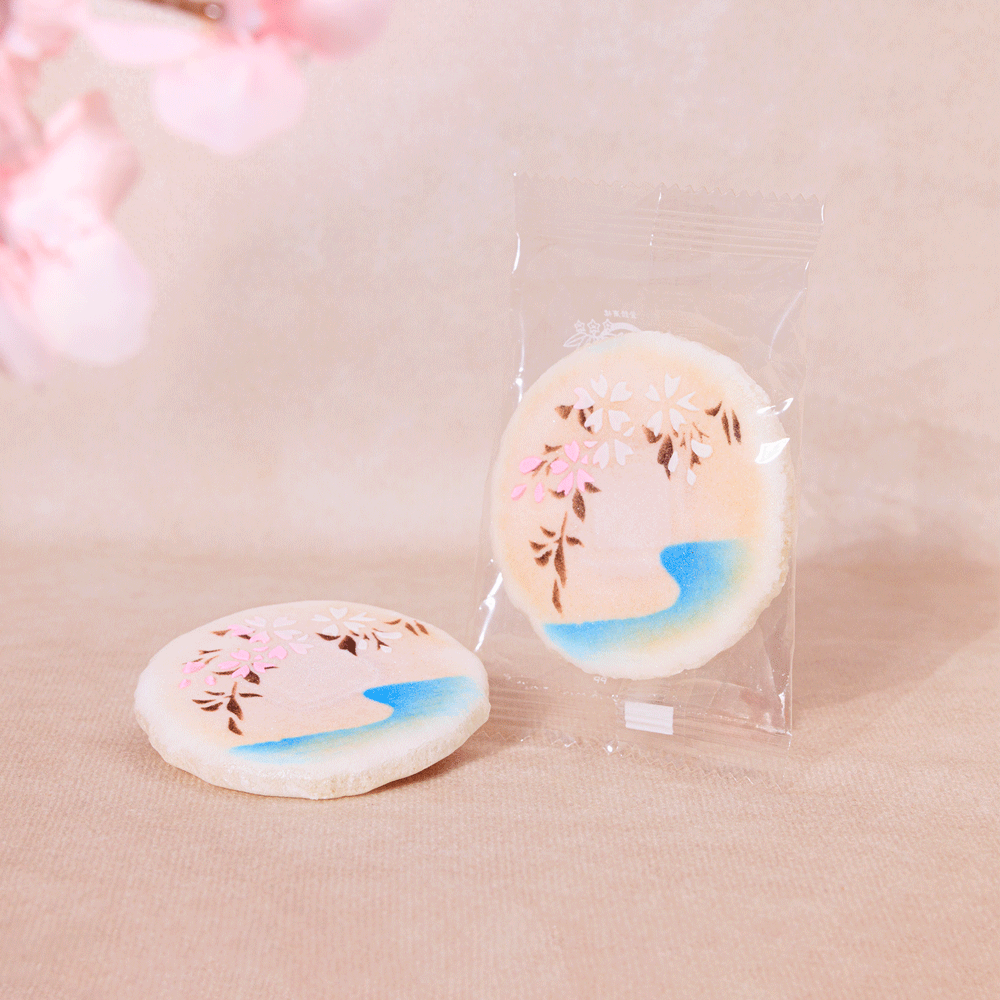
-
Okara & Rice Sablé
ВУ A&A
Allergens:soy
May contain:wheat, eggs, milk
Labels:Mottainai product, Additive free, Gluten free, Vegetarian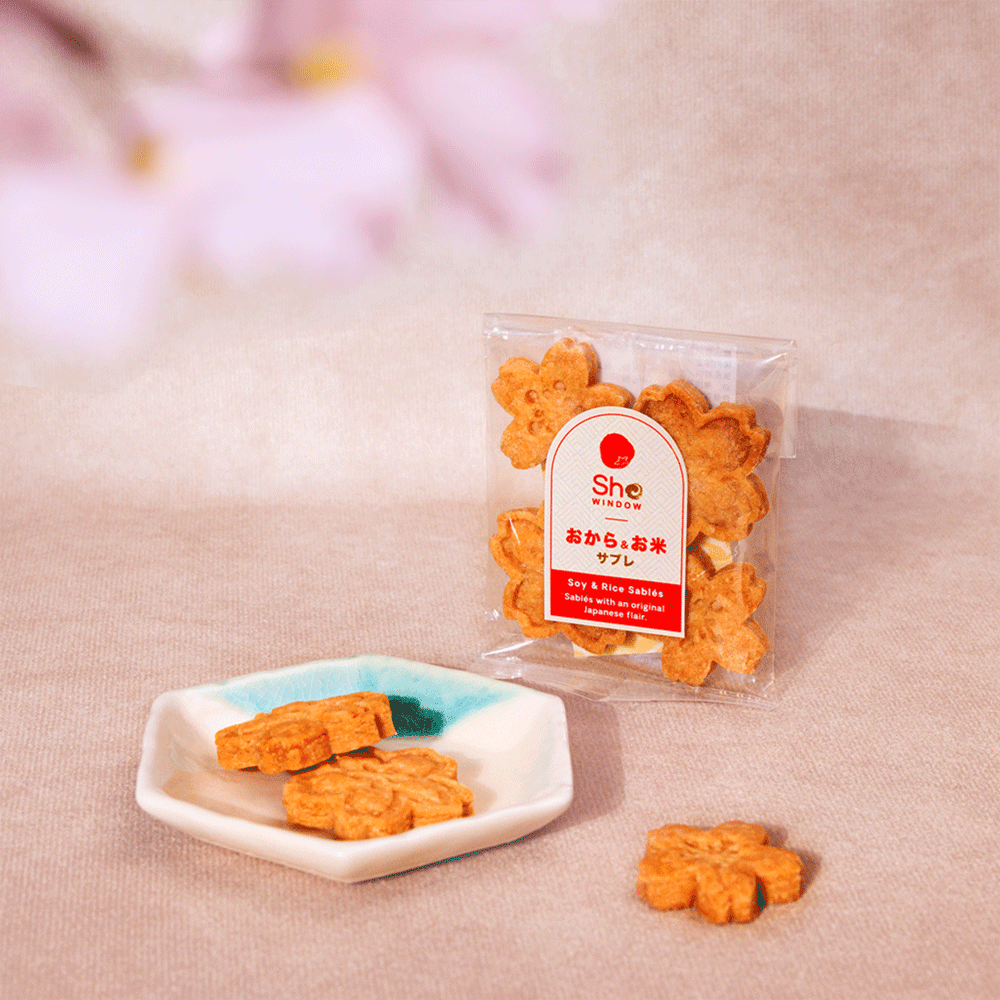
-
Hyoroku Mochi
BY SEIKA FOODS
Allergens: soy
Manufactured on the same line as products containing: milk
Labels: Vegan, Low sodium, No fat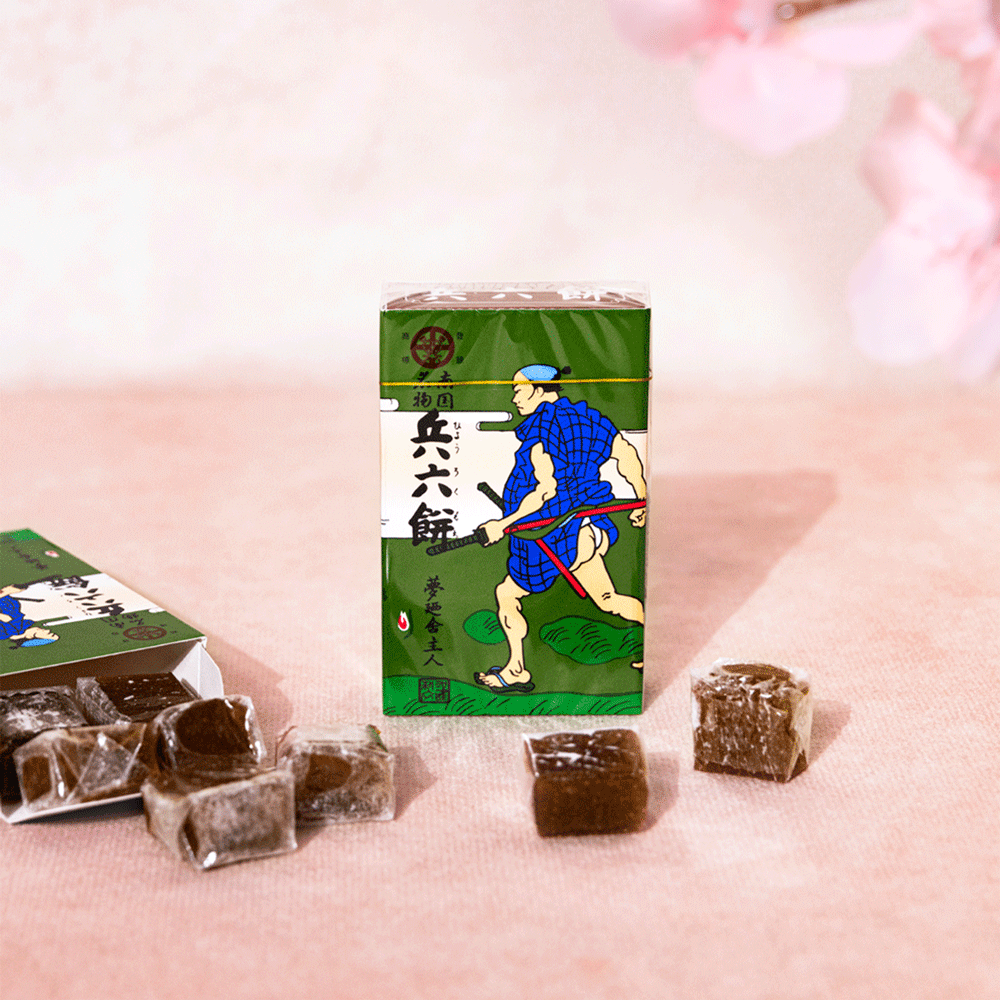
-
Ringo Yokan
BY AOKI-KOETSUDO
Allergens: apples
Labels: Vegan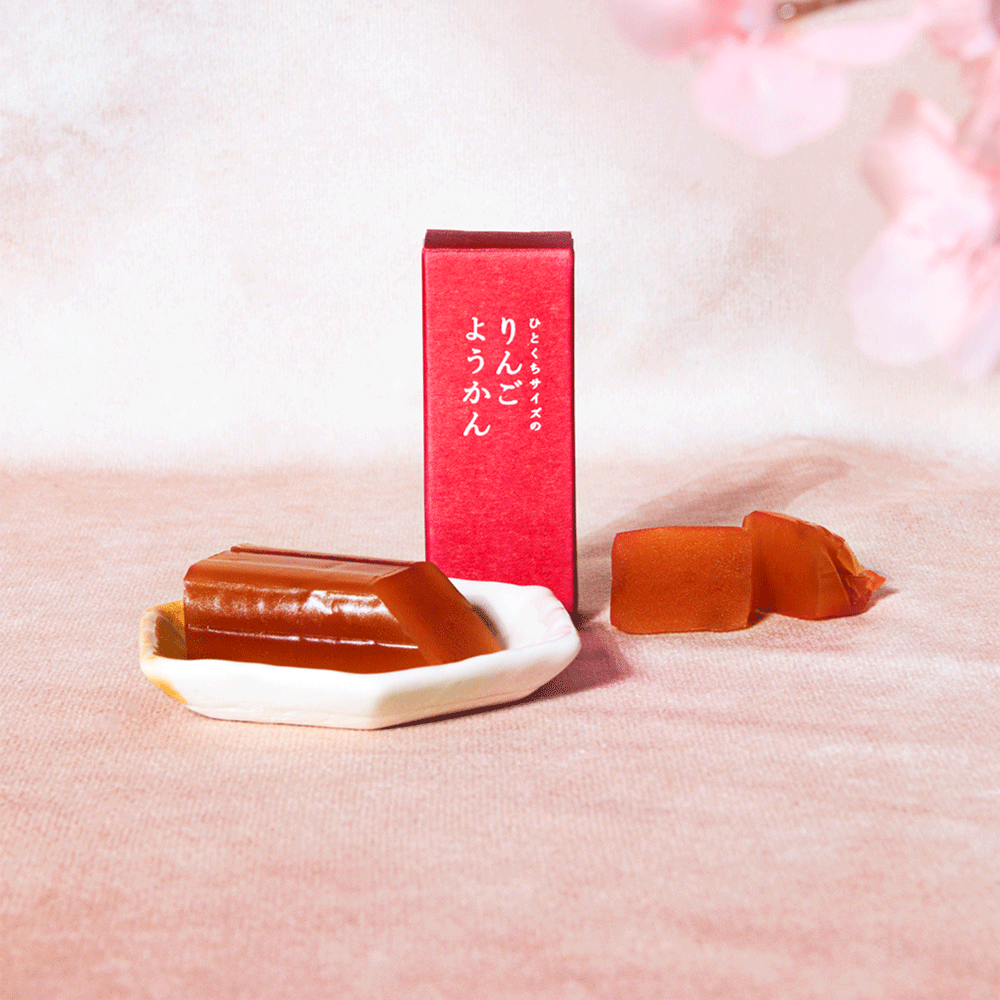
-
Anno Dried Sweet Potato Sticks
BY MINAMI SHINSHU KASHIKOBO
Labels: Vegan, No artificial coloring, Fragrance free, Low sodium, Low fat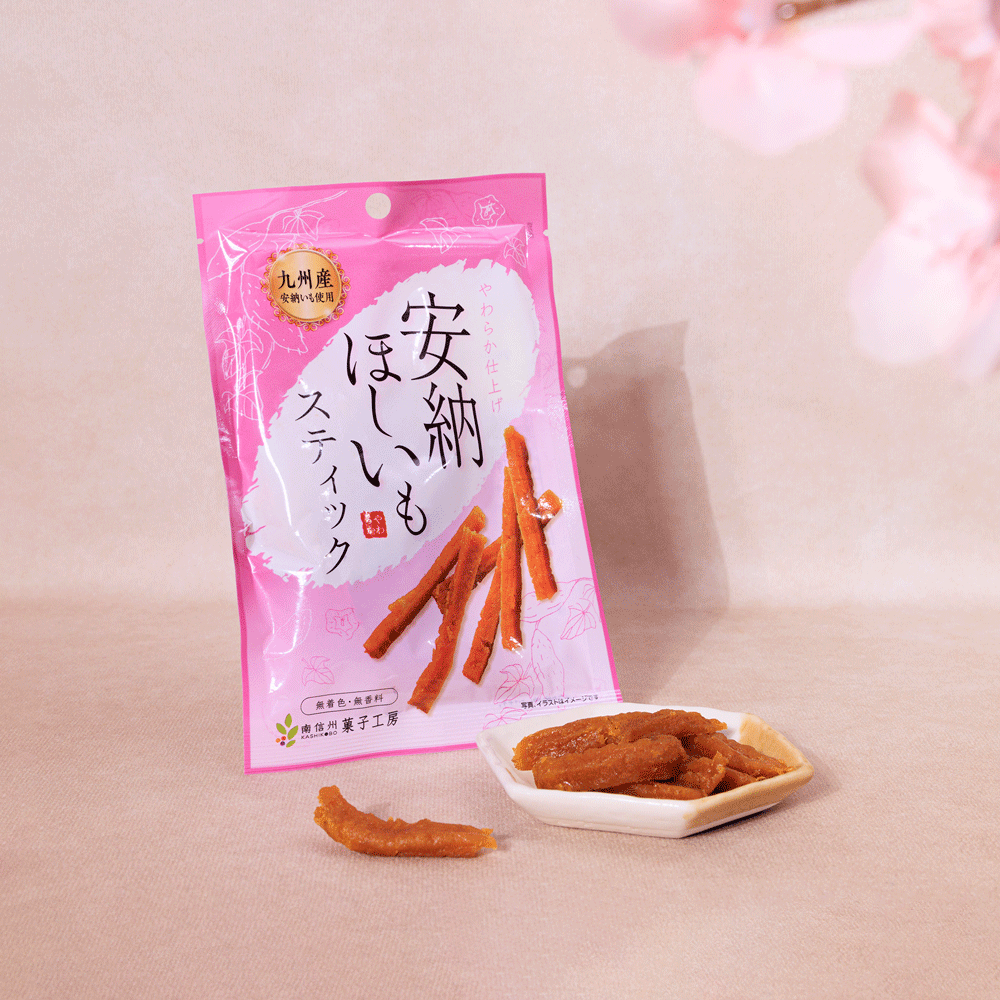
-
Suzu Ramune Candy
BY SHOGAKU
Labels: Vegetarian, Low fat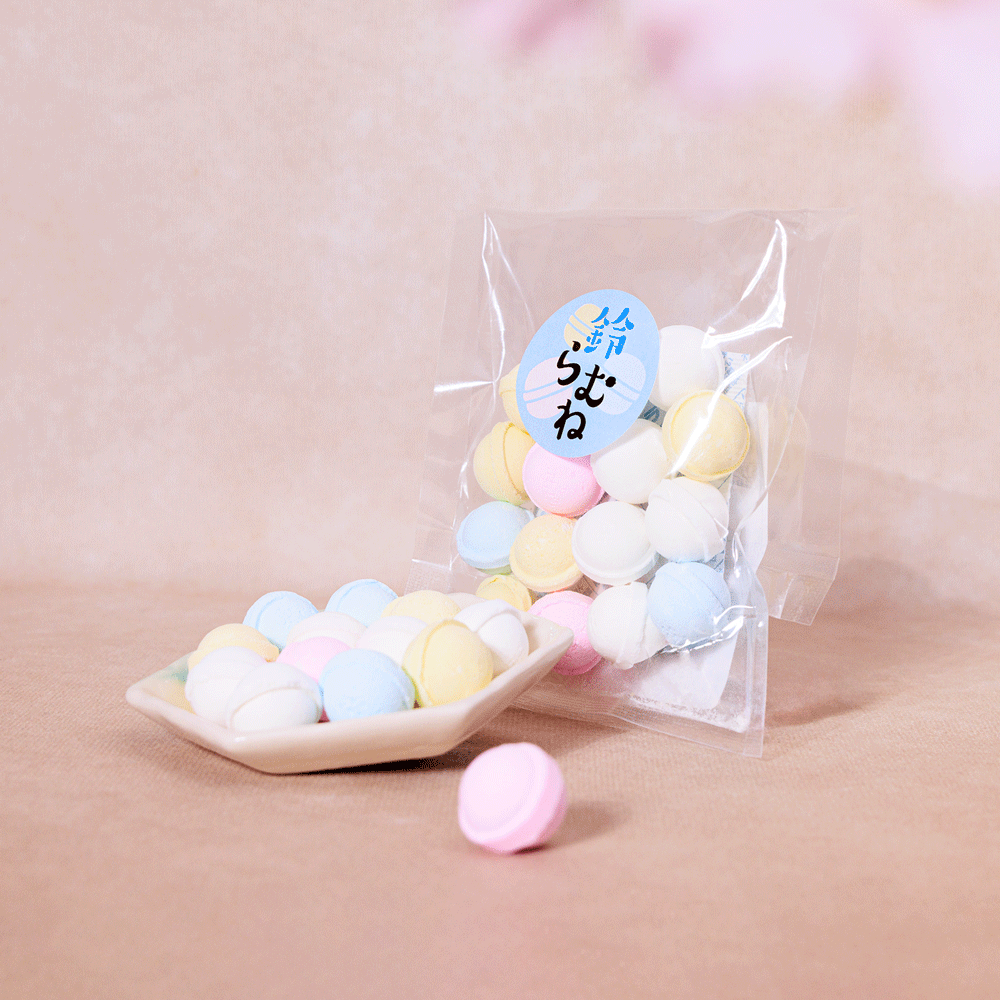
-
Chestnut Anmitsu Jelly
BY HITOKUCHIDO SEIKA HOMPO
Allergens: tree nuts
Labels: Vegan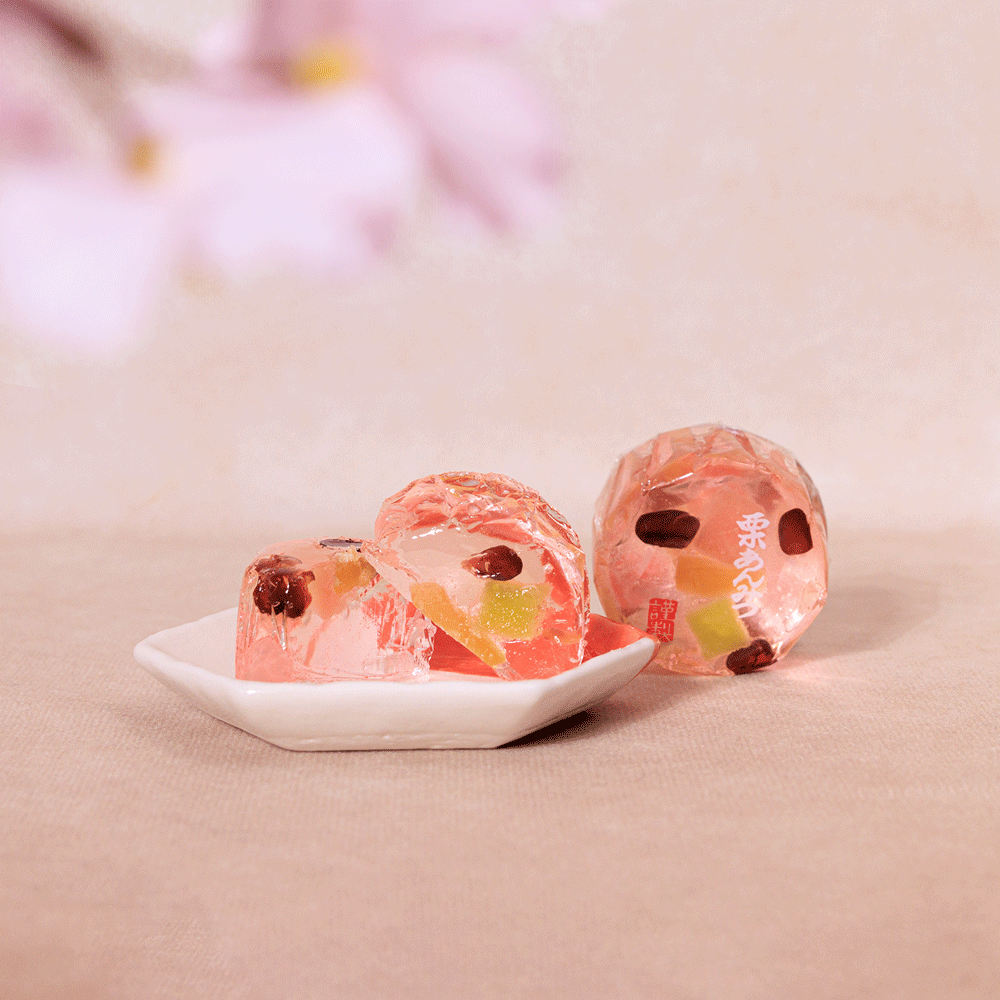
-
Kotoka Strawberry Soft Candy
BY SHOGAKU
Made in a factory that uses: wheat, eggs, milk, oranges, soy, bananas, peaches, apples
Labels: Vegetarian, No fat, No sodium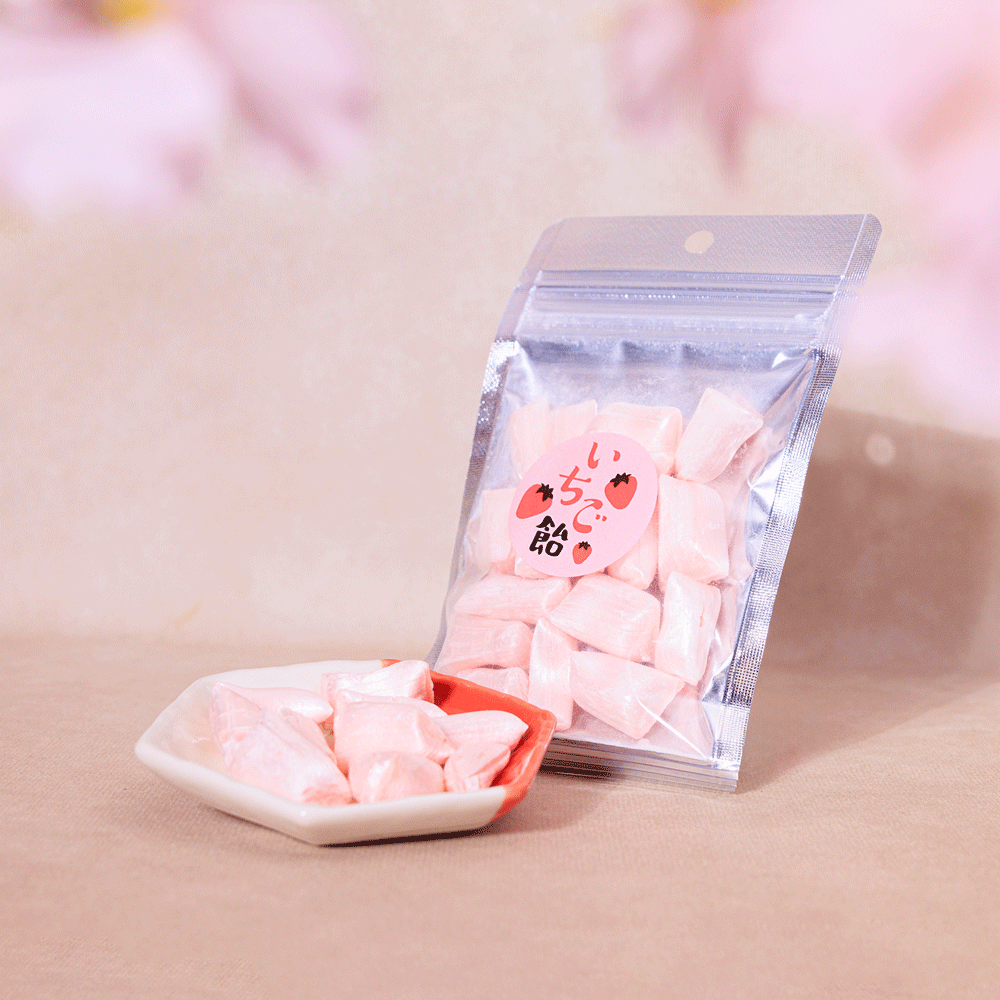
-
Sweet & Sour Plum
BY MINAMI SHINSHU KASHIKOBO
Labels: Vegetarian, No artificial coloring, Fragrance free, No sodium, No fat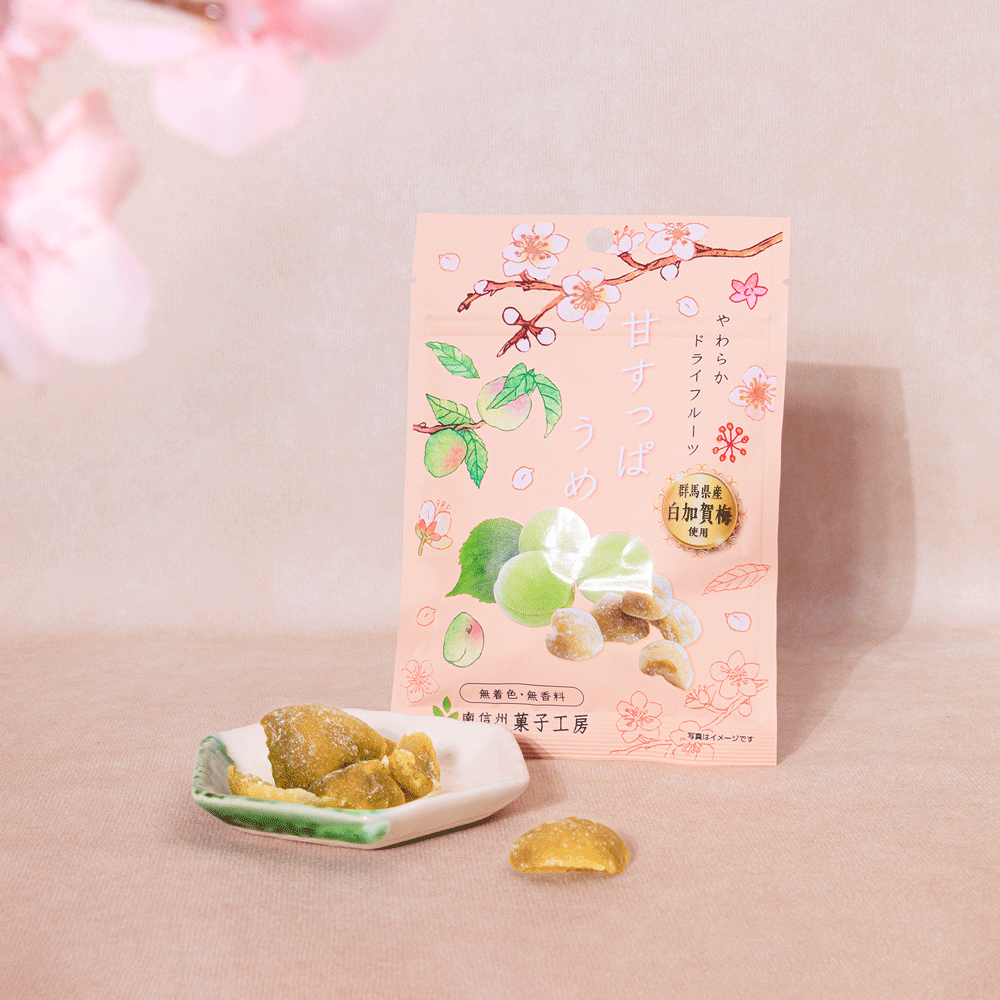
-
Kaki no Tane (Plum & Wasabi flavors)
BY KOBE NUTS YUI
Allergens: wheat, milk, soy
Made in a factory that uses: wheat, milk, peanuts, walnuts, almonds
Labels: Low fat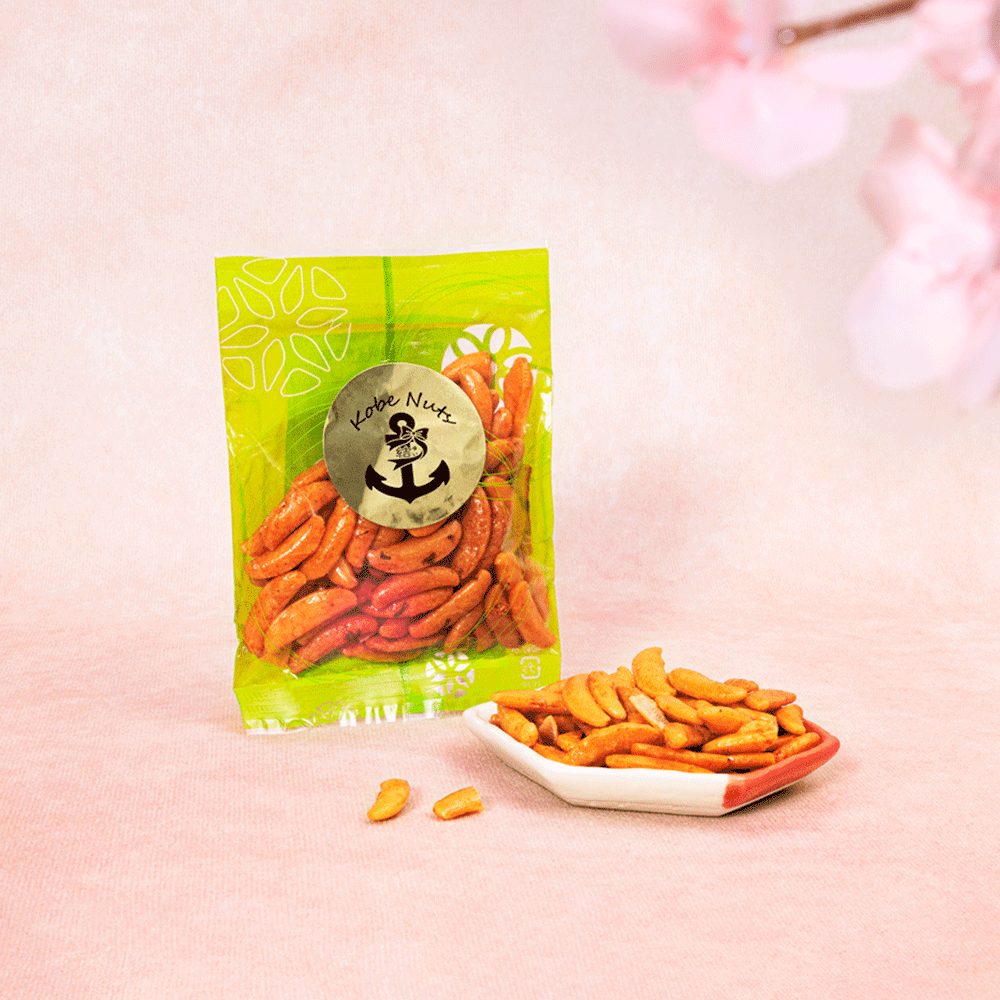
-
Uji Matcha & Black Roasted Green Tea Chocolate Crunch
BY KYOTO RIKYUEN (SINCE 1626)
Allergens: milk, soy
Labels: Vegetarian, Low sodium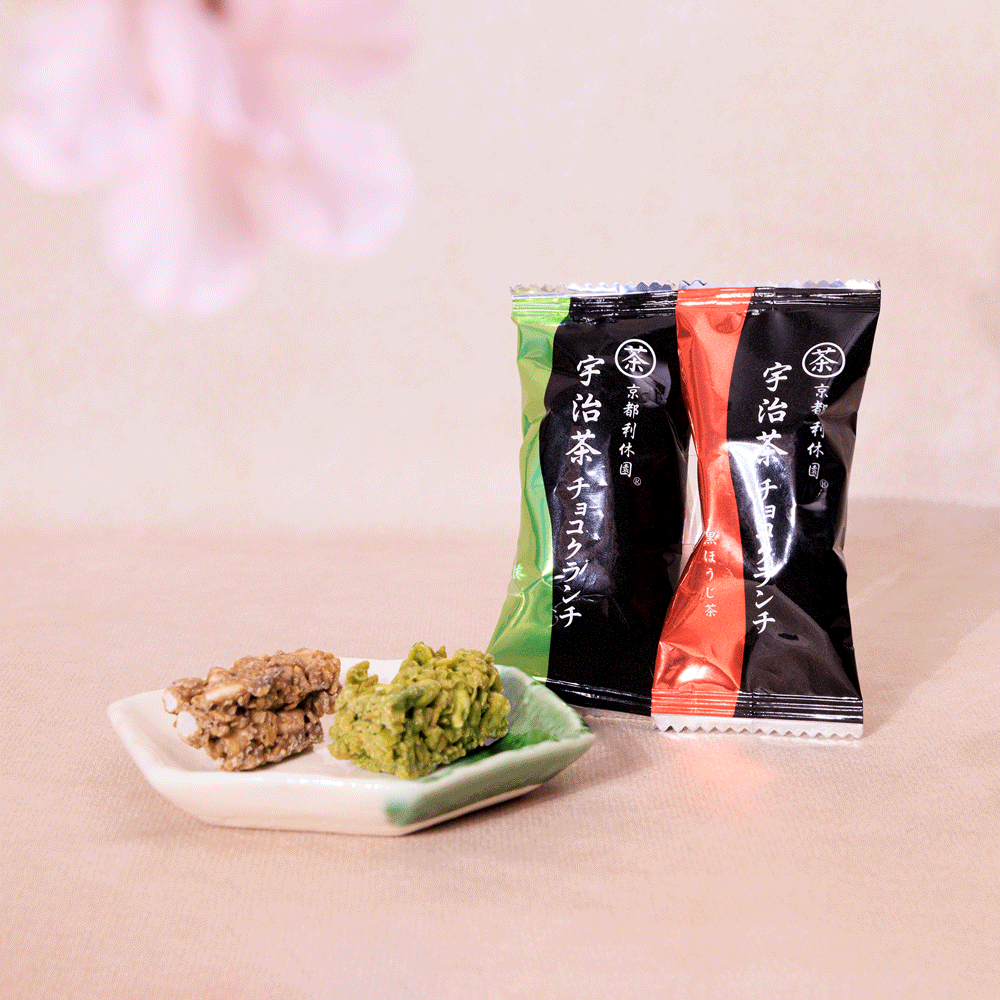
-
Tarugata Senbei
By Toraya-Yoshisuye
Allergens:eggs, wheat, honey
Labels:Vegetarian, Low-sodium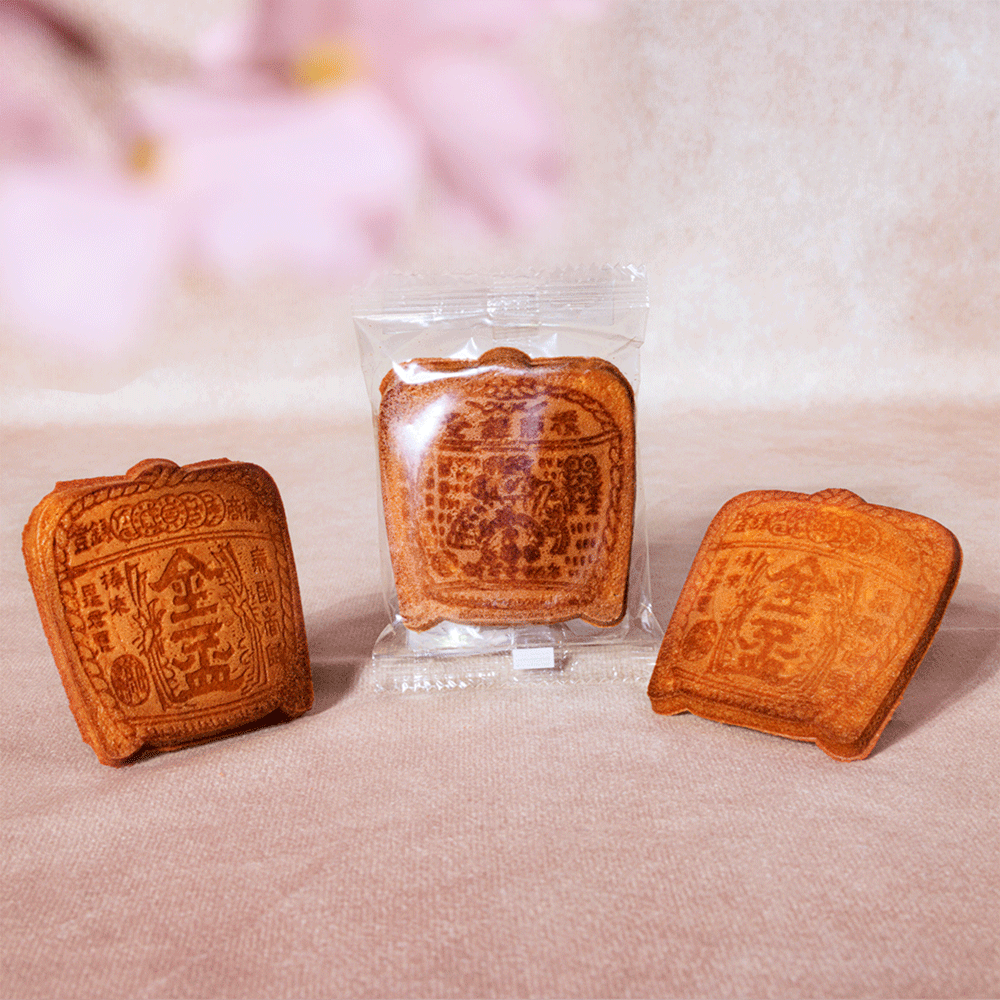
-
Kinfuri - Katsuo Furikake (rice seasoning)
BY HAYASHI-KYUEMON SHOTEN (SINCE 1885)
Allergens: wheat, soy, sesame
Labels: Addtive free, No artificial coloring, Fragrance free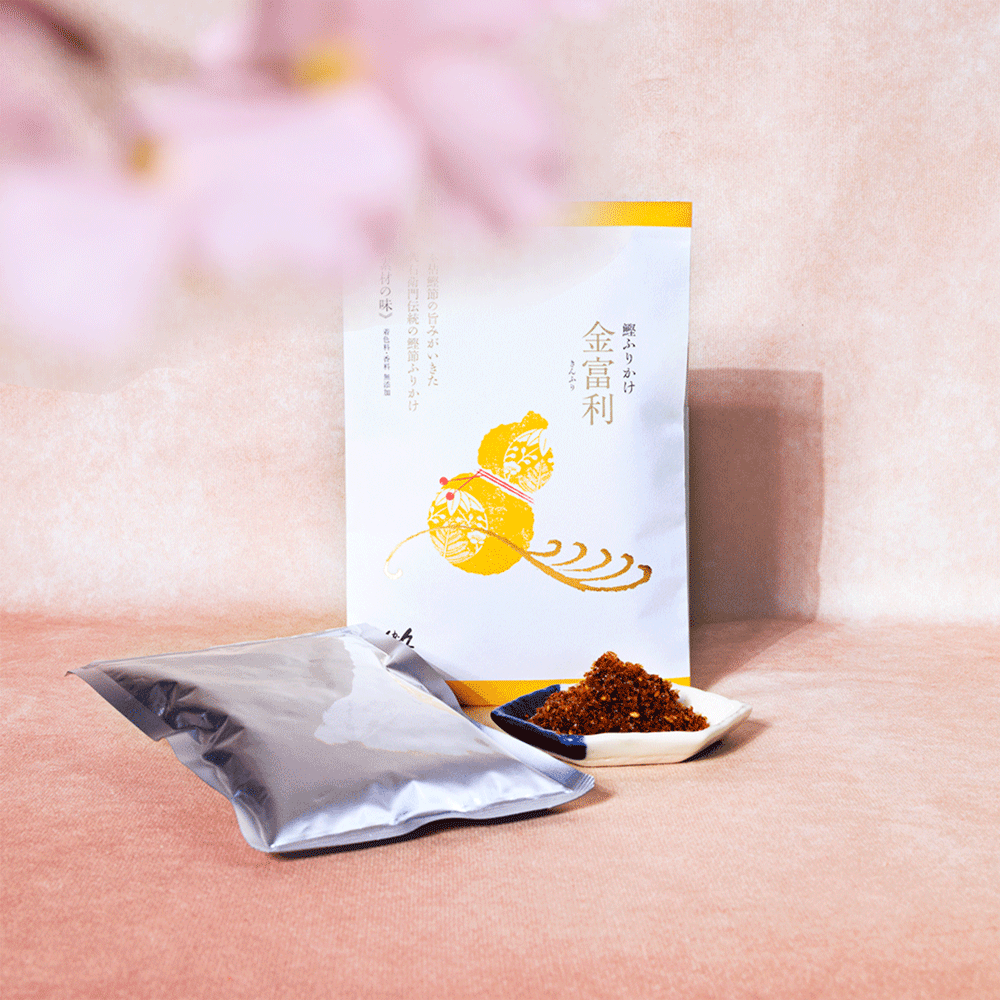
-
Roasted Green Tea
BY KYOTO GOENCHA
Labels: Vegan, Additive free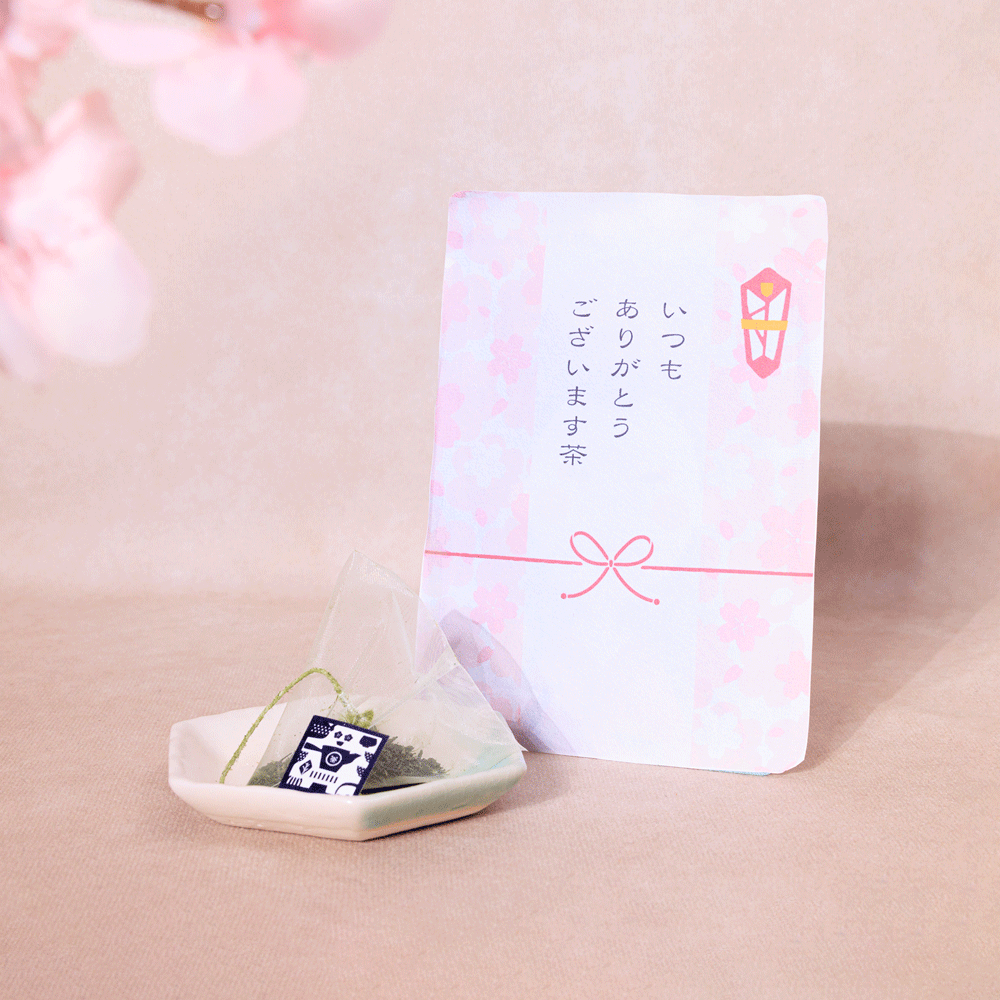
Every Taste and Story, All in One Box
Open the box and get ready for a world of discovery! A selection of quality products and the stories of where they came from, carefully chosen and curated for you!
Get the box and Taste Kobe!
How Shotengai Works
-
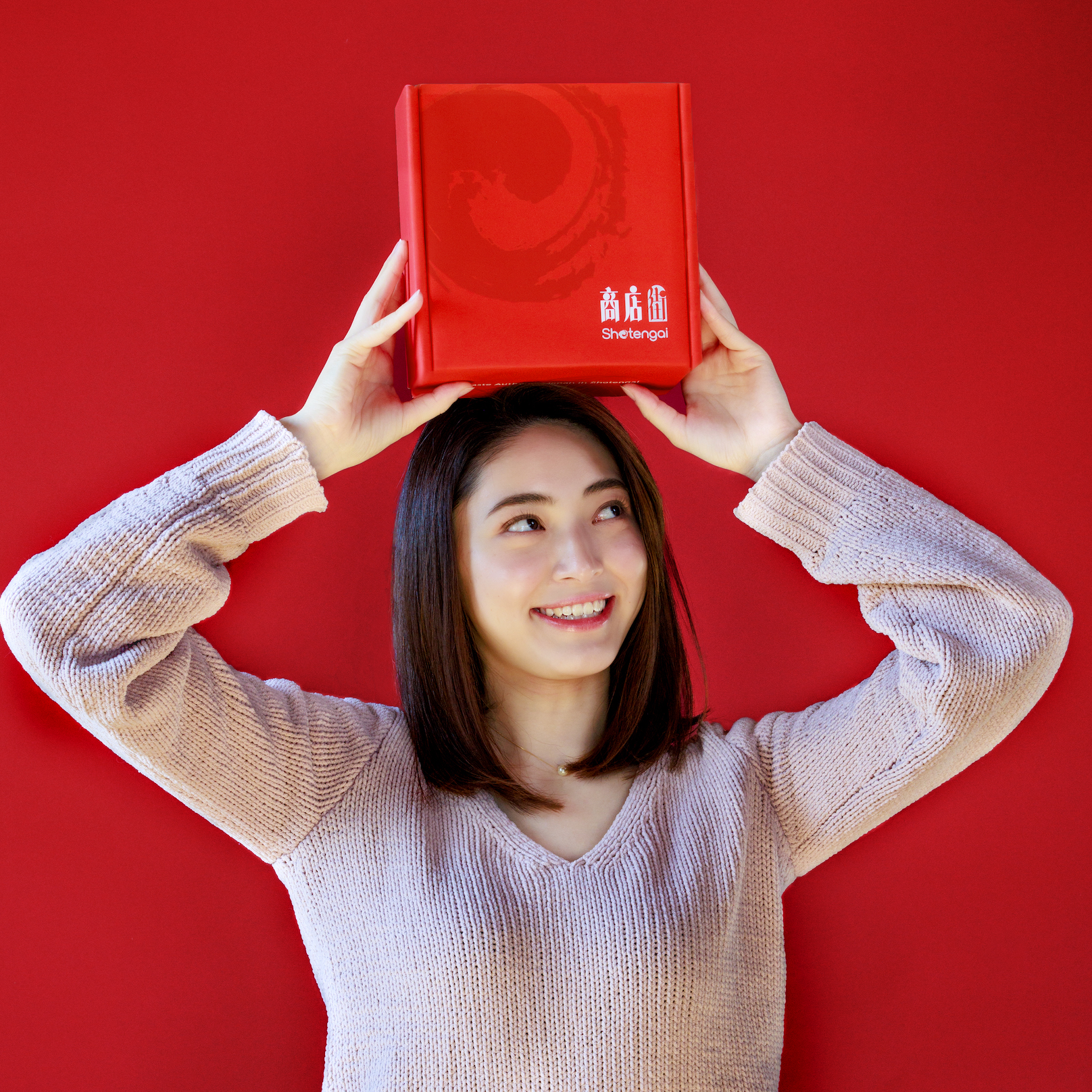
Subscribe
Explore Japan through healthy snack boxes delivered straight to your doorstep from Japan!
-
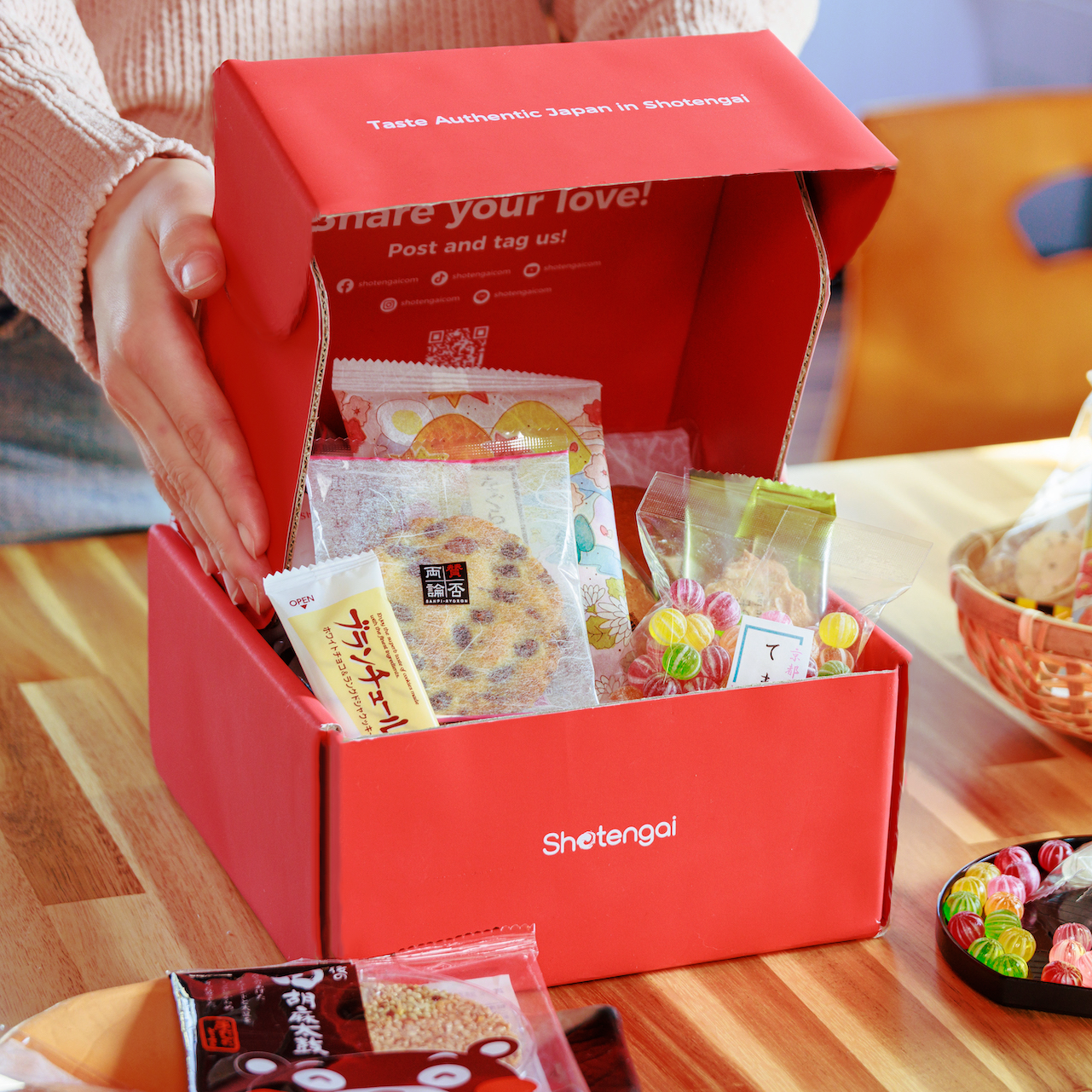
We Curate
Every month, receive a new box filled with limited-edition Japanese snacks, drinks, and other items, centered around a different theme.
-
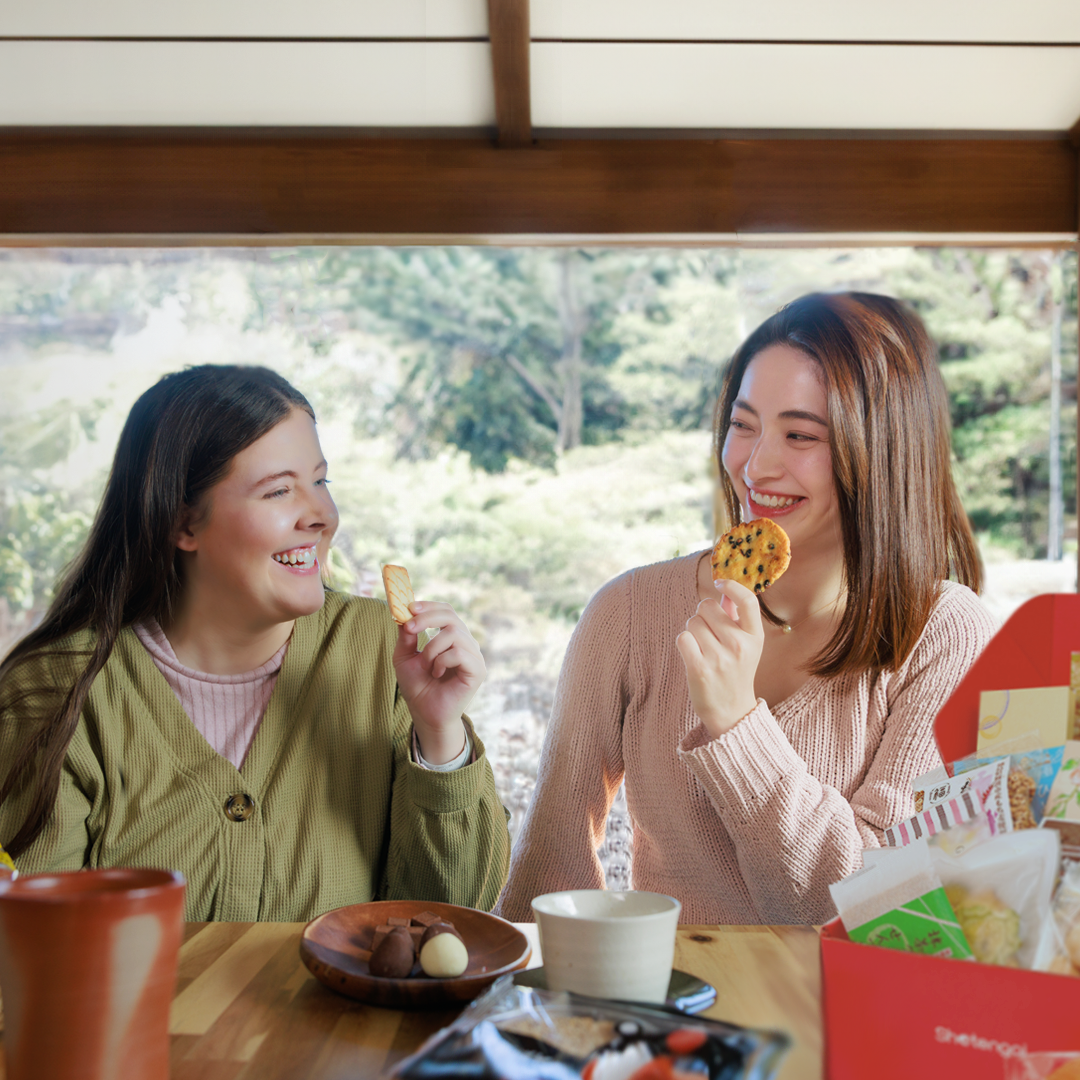
You Enjoy
Enjoy healthy Japanese snacks, teas, and sweets with your friends and family during the holidays, or just on any day of the week!
-
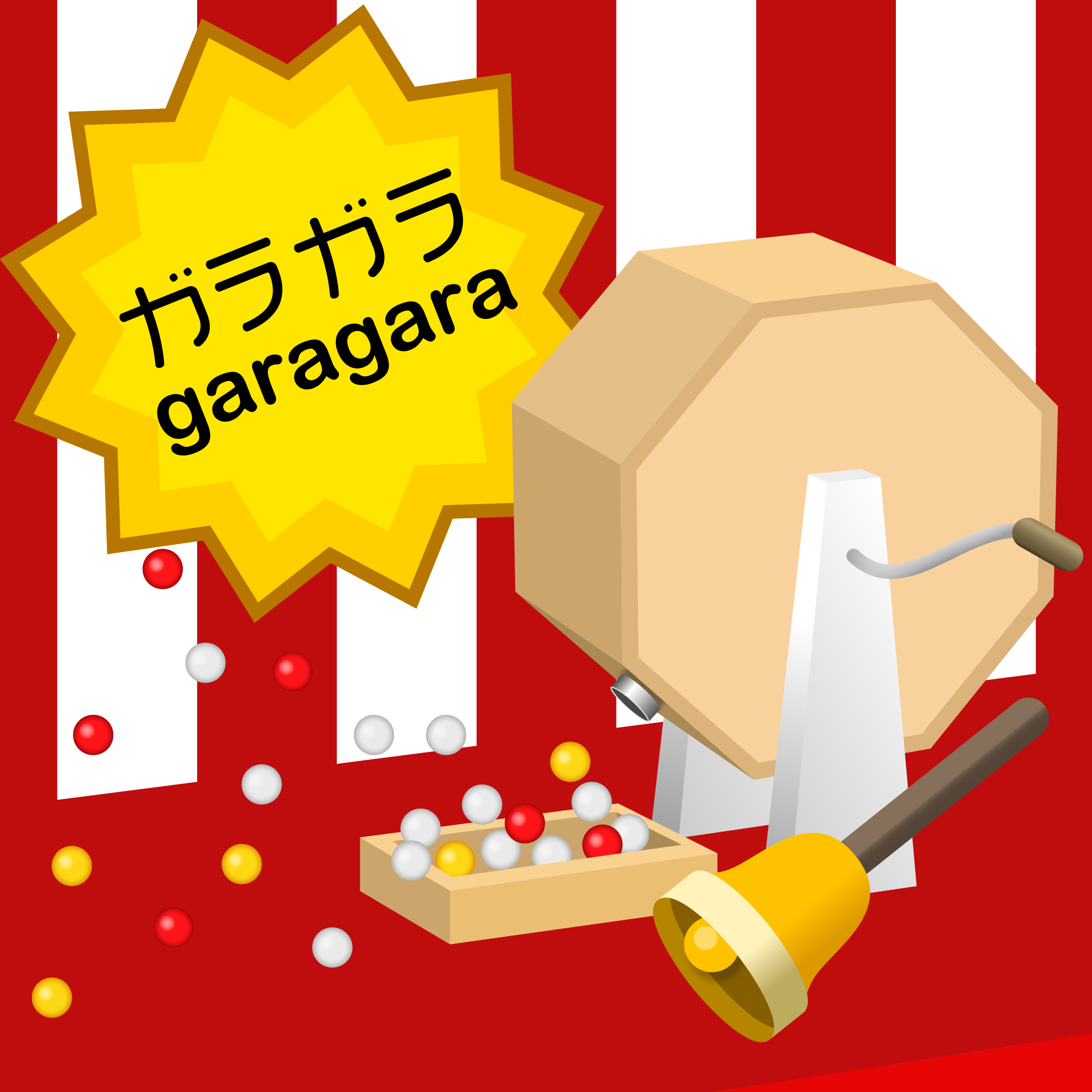
Garagara
A subscription lets you participate in our lottery! There are a wide range of prizes and winners will have one delivered directly to their homes!

Mother's Day Box-2024 May
This May, celebrate Mother's Day with our curated selection of authentic Japanese snacks! Indulge her senses with a tantalizing array of traditional and contemporary Japanese treats, carefully handpicked to evoke memories of shared moments and cherished traditions. Each snack is a token of appreciation for the incredible woman who has always been there for you.
Happy Mother's Day from Shotengai❤️❤️❤️
Past Themes
-
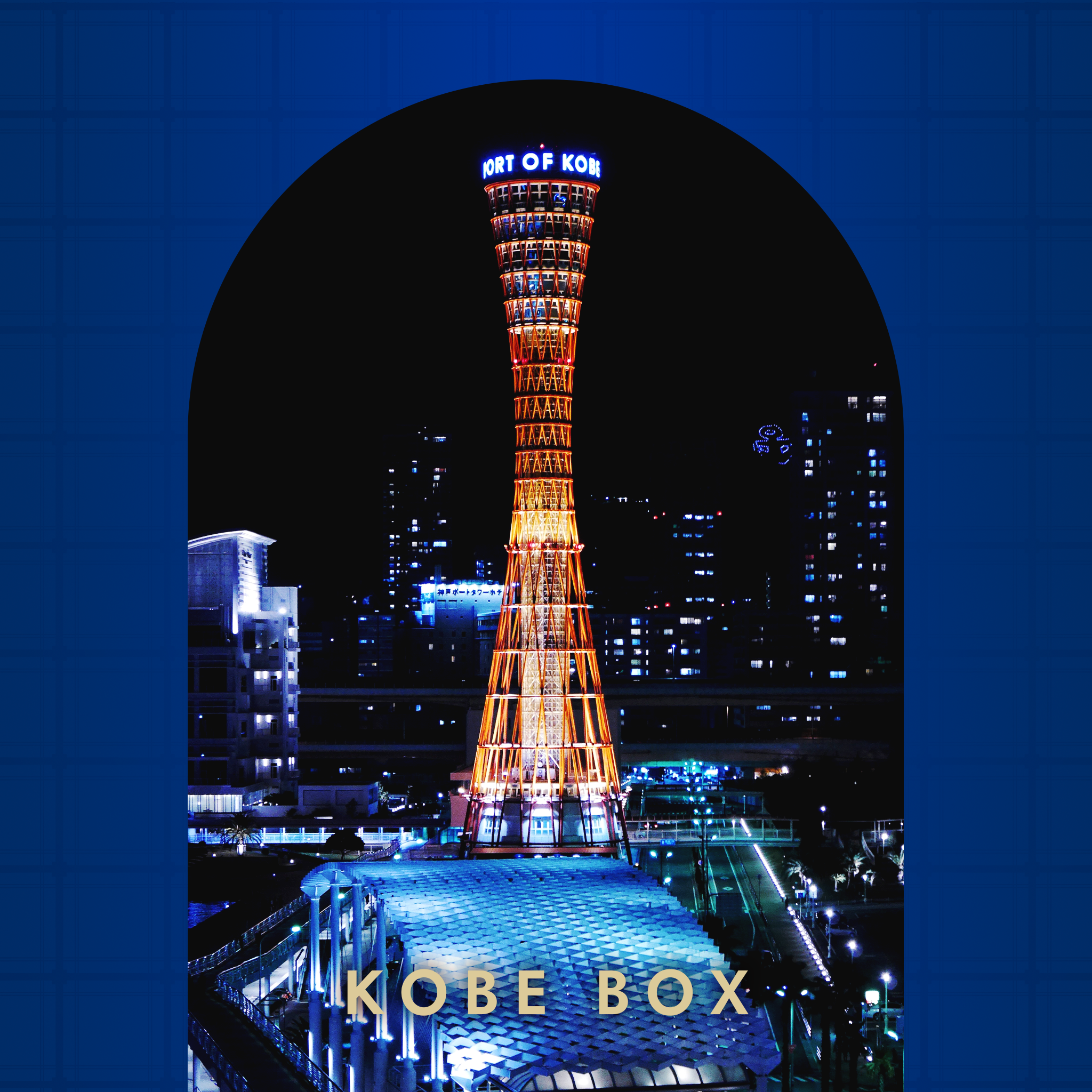
2024 March
-
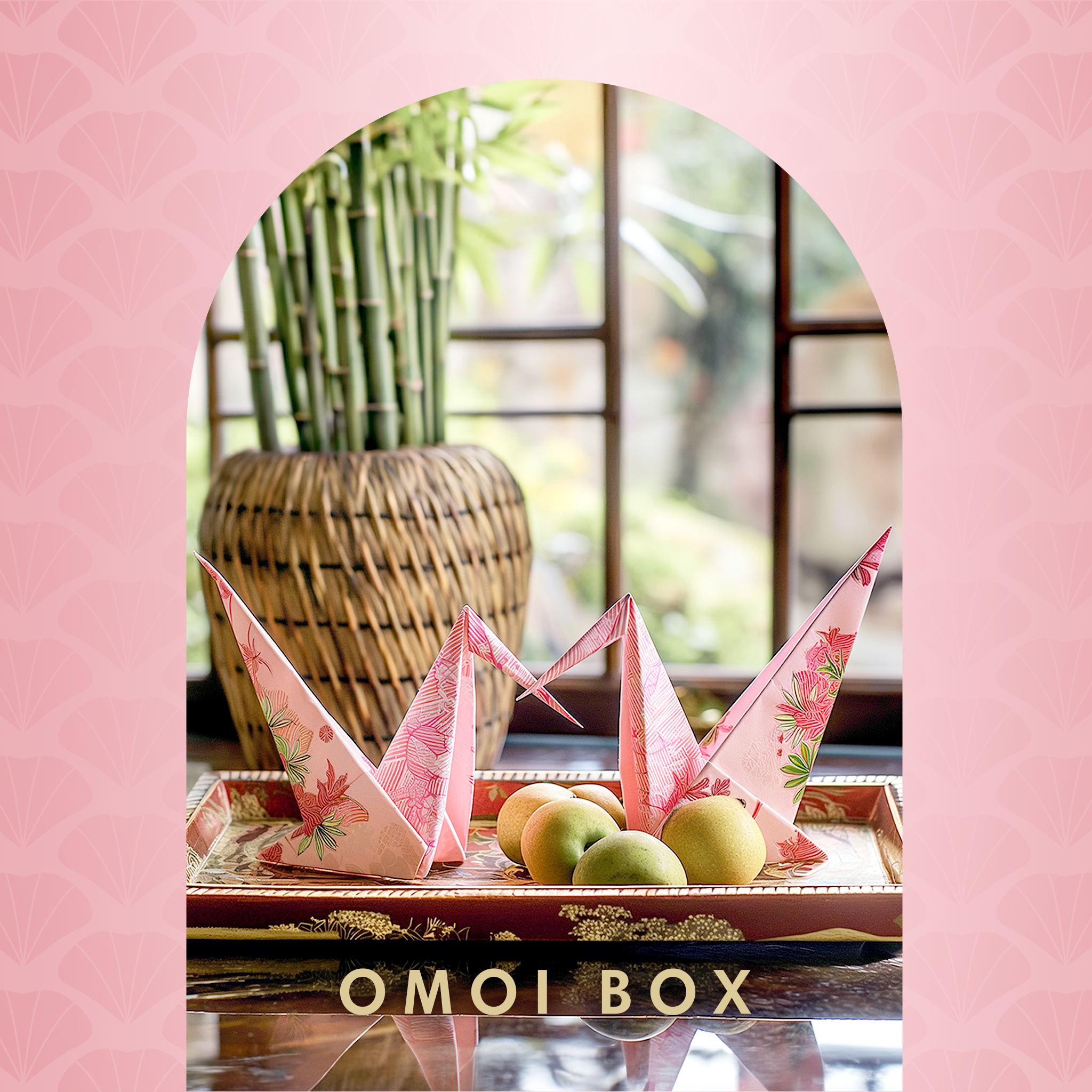
2024 February
-
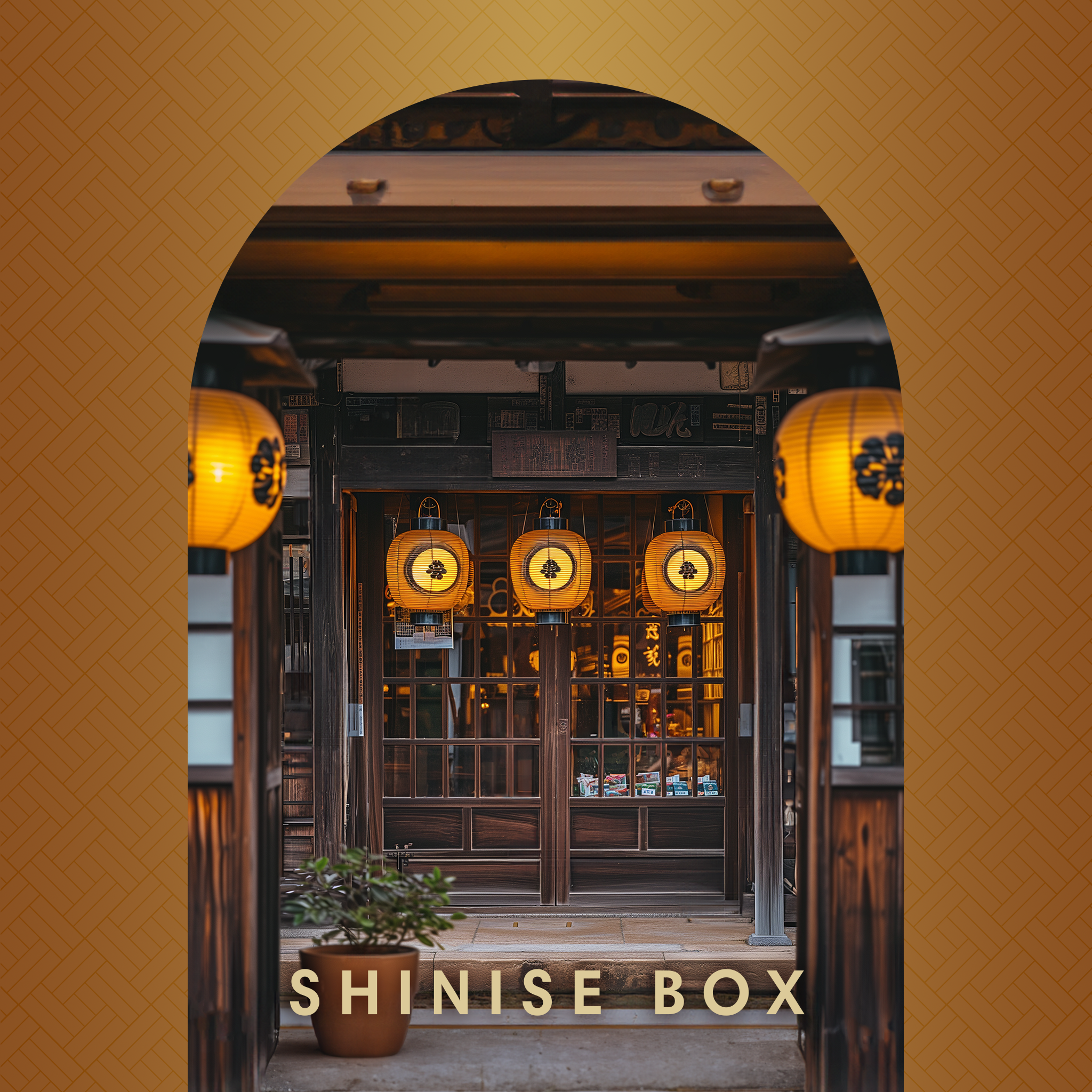
2024 January
-
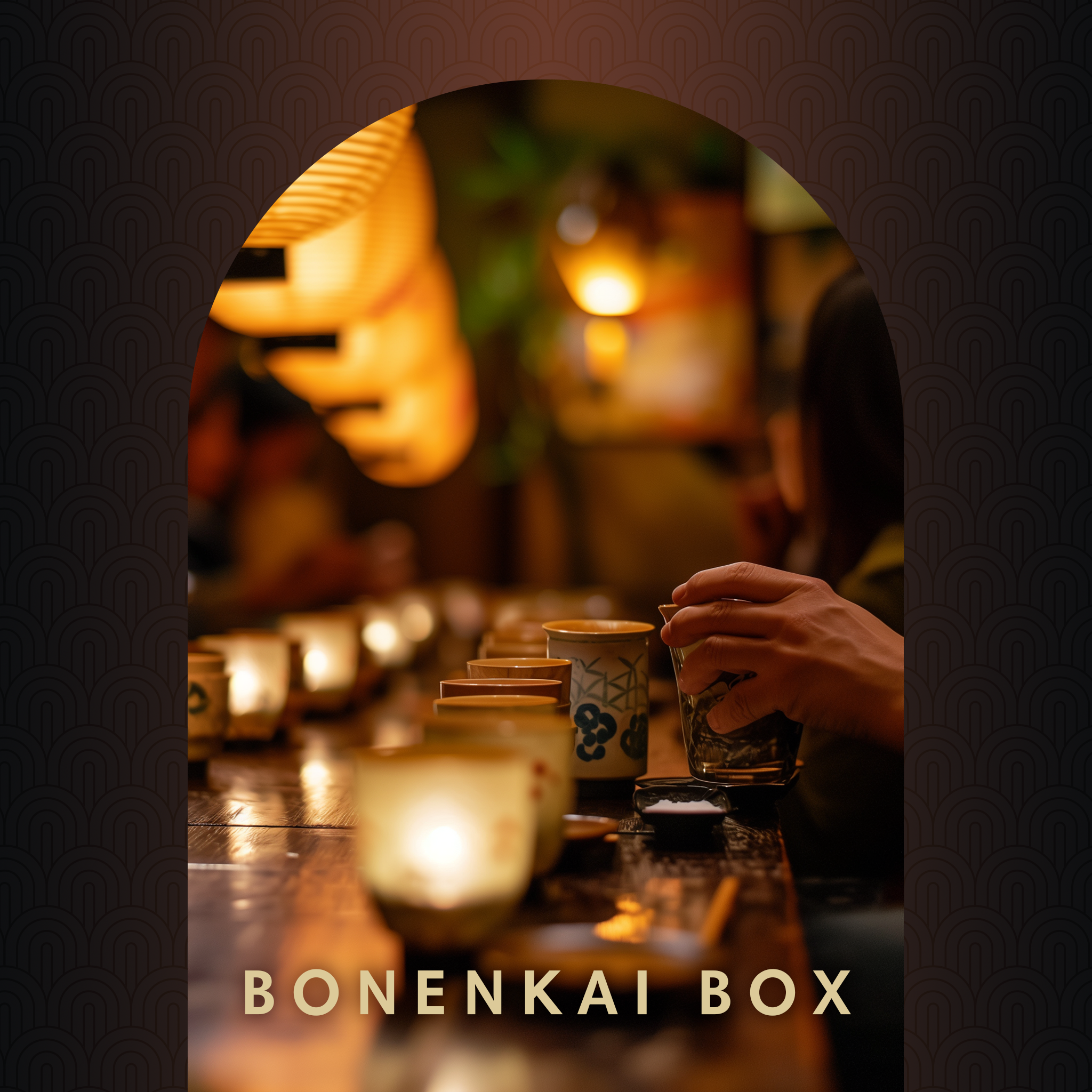
2023 December
-
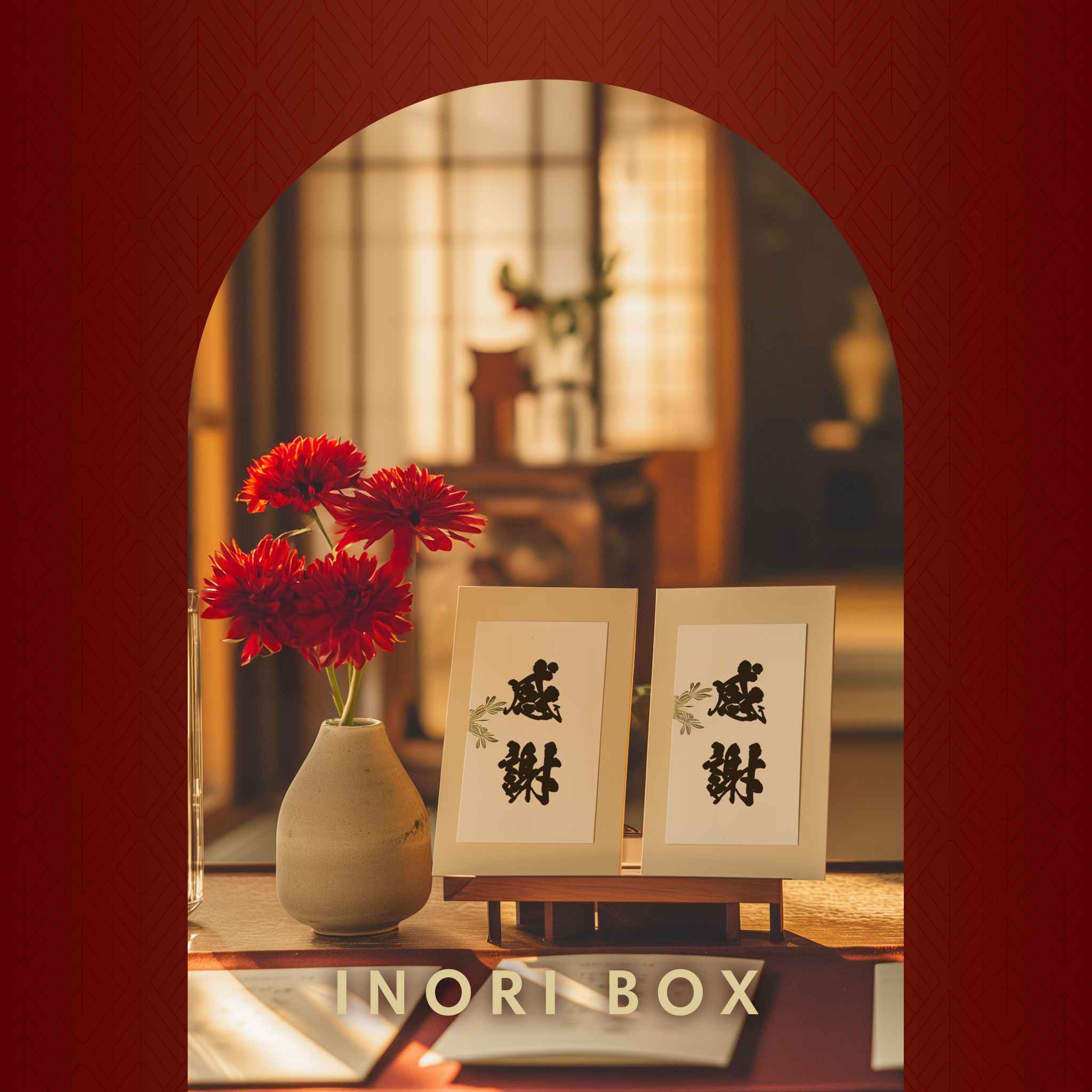
2023 November
-
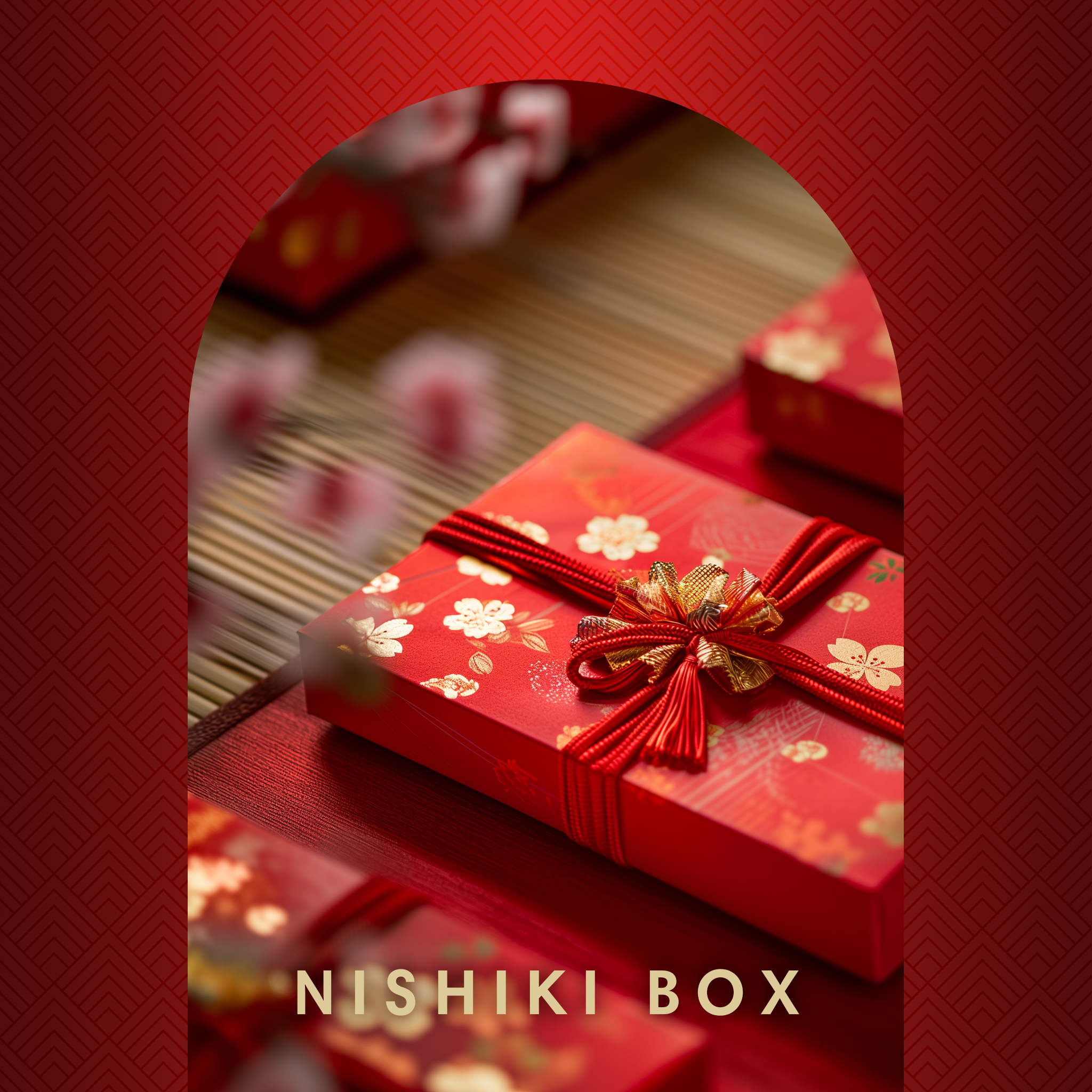
2023 October




































